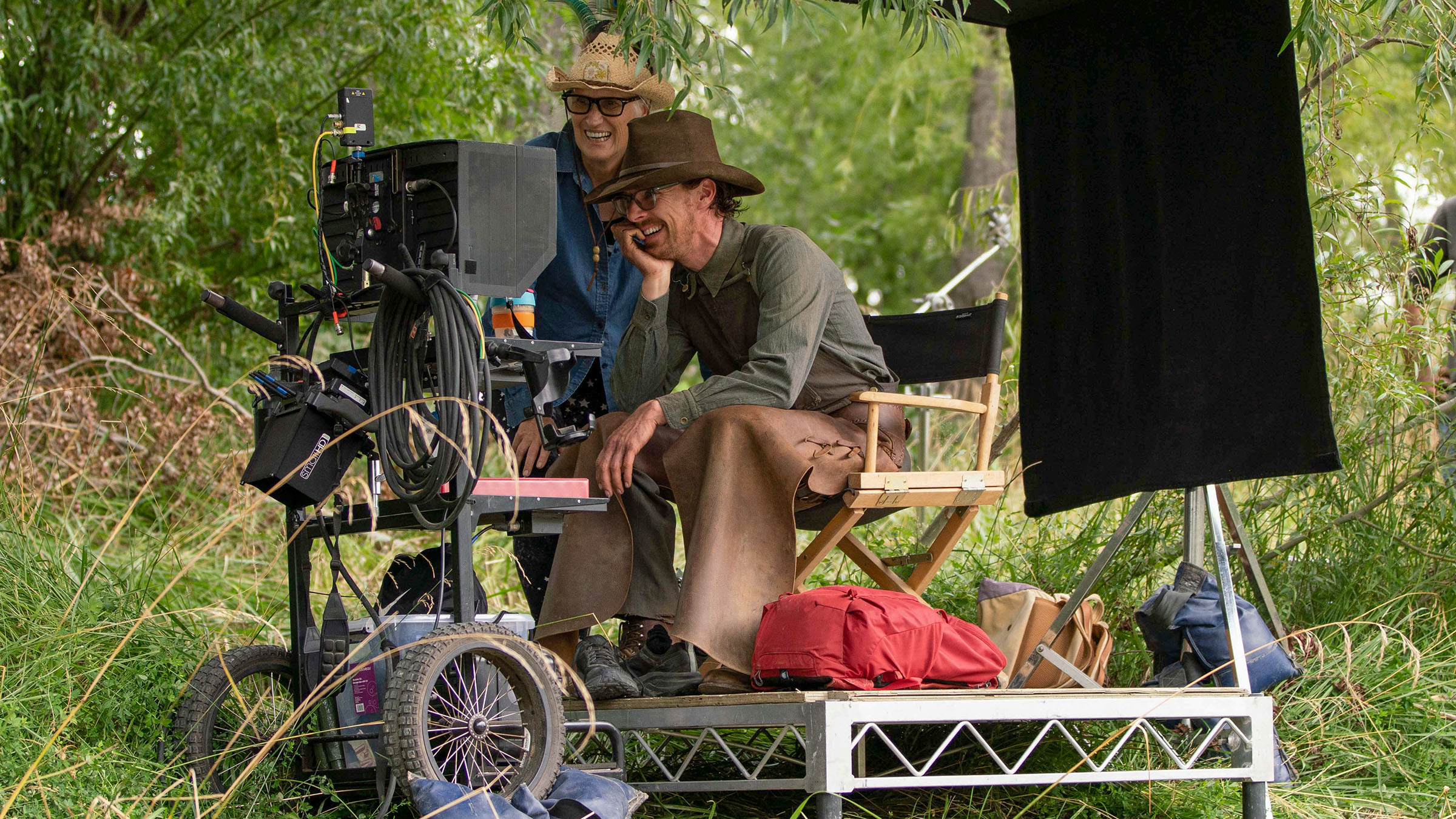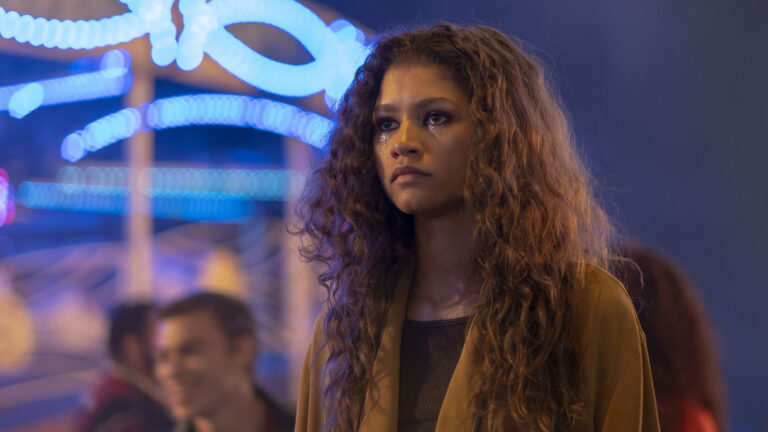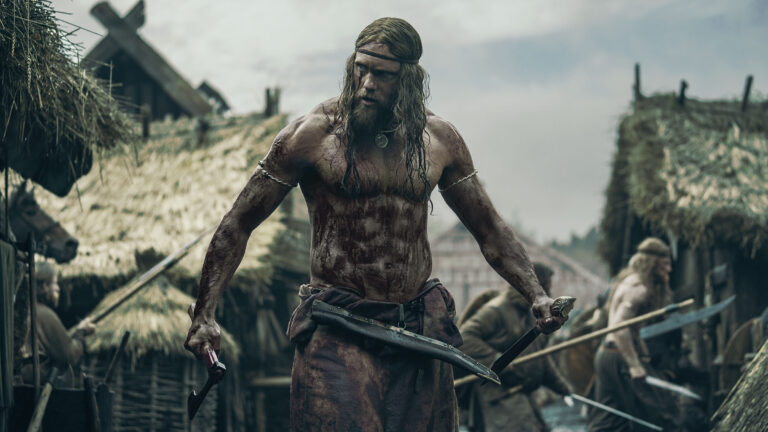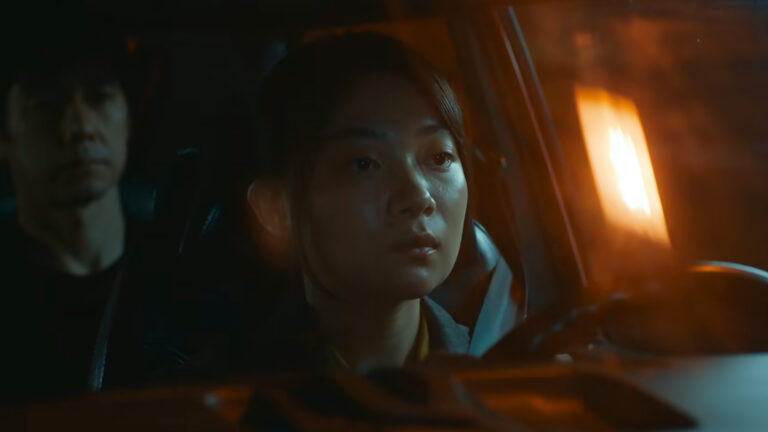Today we’re speaking with Peter Sciberras, the editor of Jane Campion’s highly acclaimed film The Power of the Dog. Peter has received great critical recognition for his early Australian films Hail, The Rover, and The King.
Listen while you read…
HULLFISH: It’s a really gorgeous movie. Did you read the book before you cut it?
SCIBERRAS: No, I only read the script that Jane [Campion] had written and got sent by Libby Sharpe at See Saw Films. If I haven’t read the book already, I make it a point to not read it and only deal with what is presented in the script and not be able to fill in any blanks that the audience wouldn’t be able to.
I wanted to read it afterward but haven’t had a chance. It’s on my list now. I want to see the differences.
HULLFISH: That seems to be the thing people agree on: that they don’t want the source material because it could color what you try to do without really having it be part of the movie.
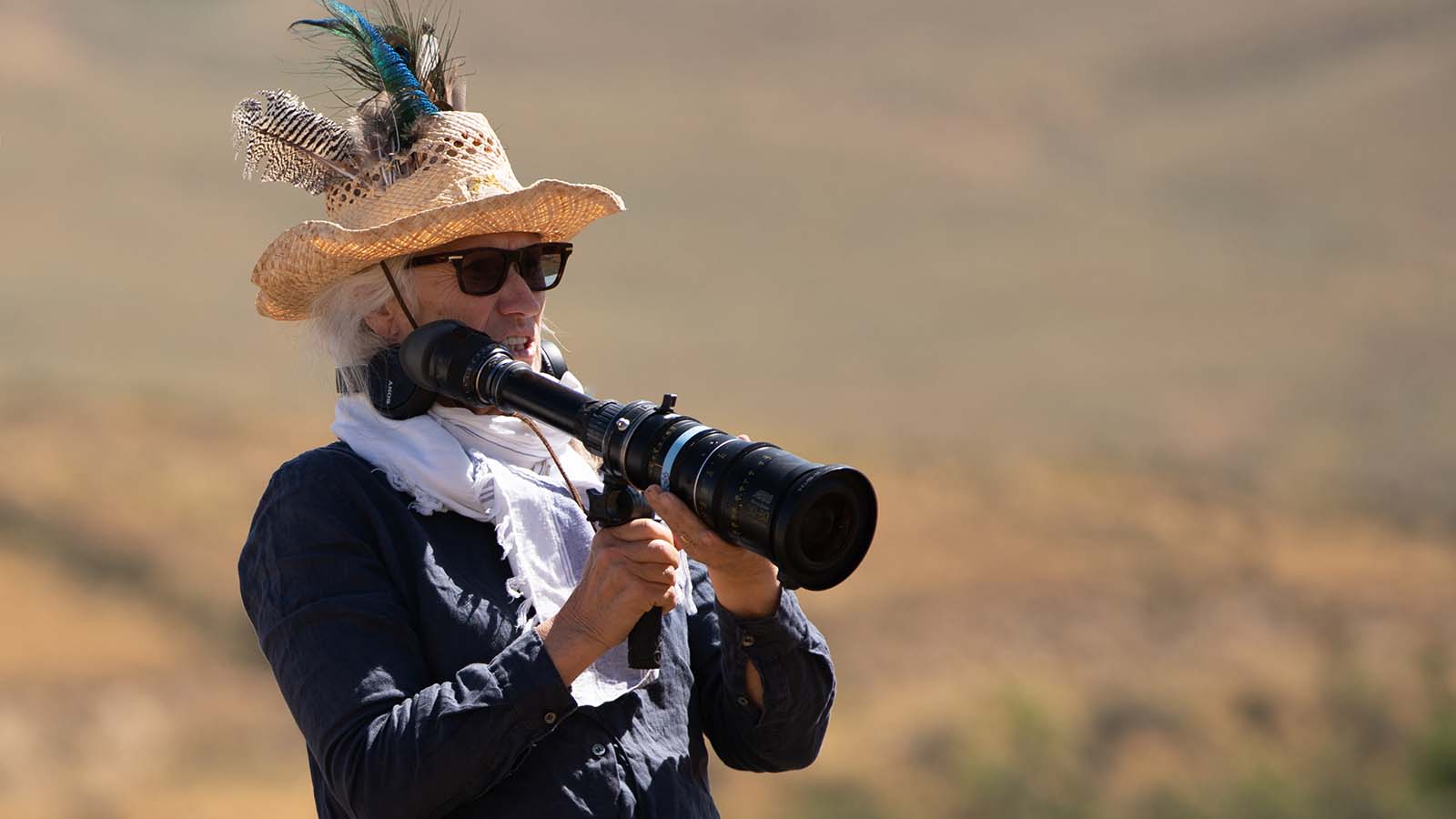
SCIBERRAS: Yeah, absolutely. Even with the way a character gets shaped in a film. You want to work with what the actor is giving you and what the director is working with rather than trying to steer it towards what you remember from the book or your first impression of that.
I feel like it’s really important to know as little as possible and be as close to the audiences as you can be to really tell the story that you’re telling because there’s always so much left out in an adaptation and it’s also just the way that things are told visually versus internal thoughts, narration, and all those kinds of things.
HULLFISH: Did you watch any previous Campion movies to see if you could get the vibe?
SCIBERRAS: Being an Australian, I’m pretty aware of most of her work already, to be honest. The Piano is one of the first serious films I think I watched when I was in my late teens, early twenties. I remember that making a real impression. It’s an absolute classic. I’d seen Bright Star because I know Greig Fraser, who shot it. I didn’t actually know Jane at all before we started working together and did the interview. I had been aware of her work for a really long time, and I knew the vibe instantly.
HULLFISH: That’s great. One of the big hallmarks of this movie is the tension that is built from beginning to end. Can you talk about how you do that? Is that something that the two of you talked about?
SCIBERRAS: That was one of the only things that we really specifically talked about in our first meeting when I was essentially interviewing for the job. There are all types of tension in this film. It goes from a more physical threat to a more sexual tension as well. It’s this really broad spectrum of the different types of tension you can bring in and often they’re happening at the same time towards the end of the movie.
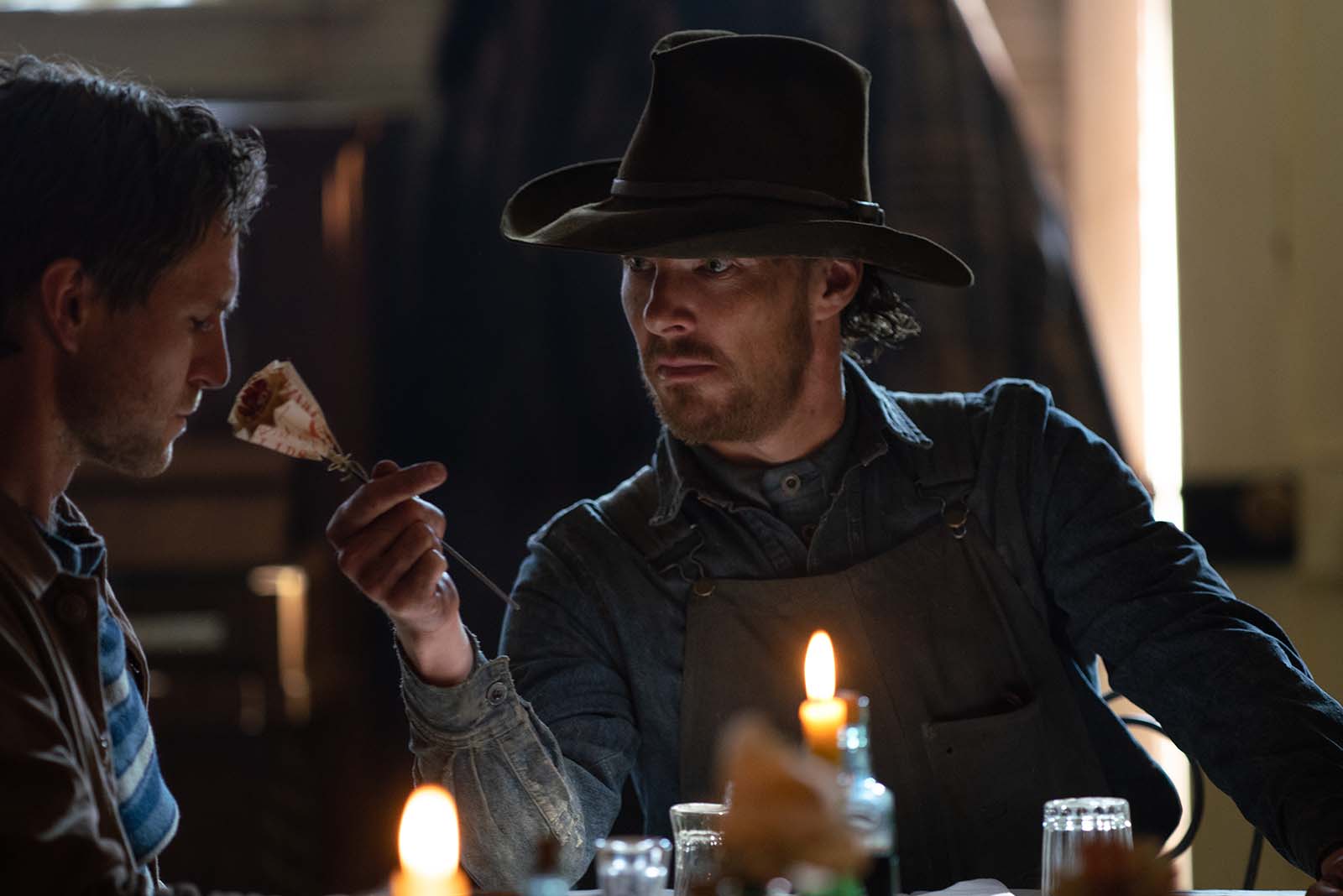
So, we did talk about it, but a lot of it is just intuition, I guess, in the working on the scenes. The big thing for us was recognizing whenever we could feel the tension was lowering from the assemble to the first cut and it was really about finding a way to keep it up the whole way. That was really where most of our work was. A lot of that was in taking things out and just not letting the film meander or lose focus on what the source of tension was.
There are actually a few key scenes between Peter and Phil just after Pete arrived at the ranch that we ended up taking out. They were great scenes, but it brought them really close together very early on in that chapter.
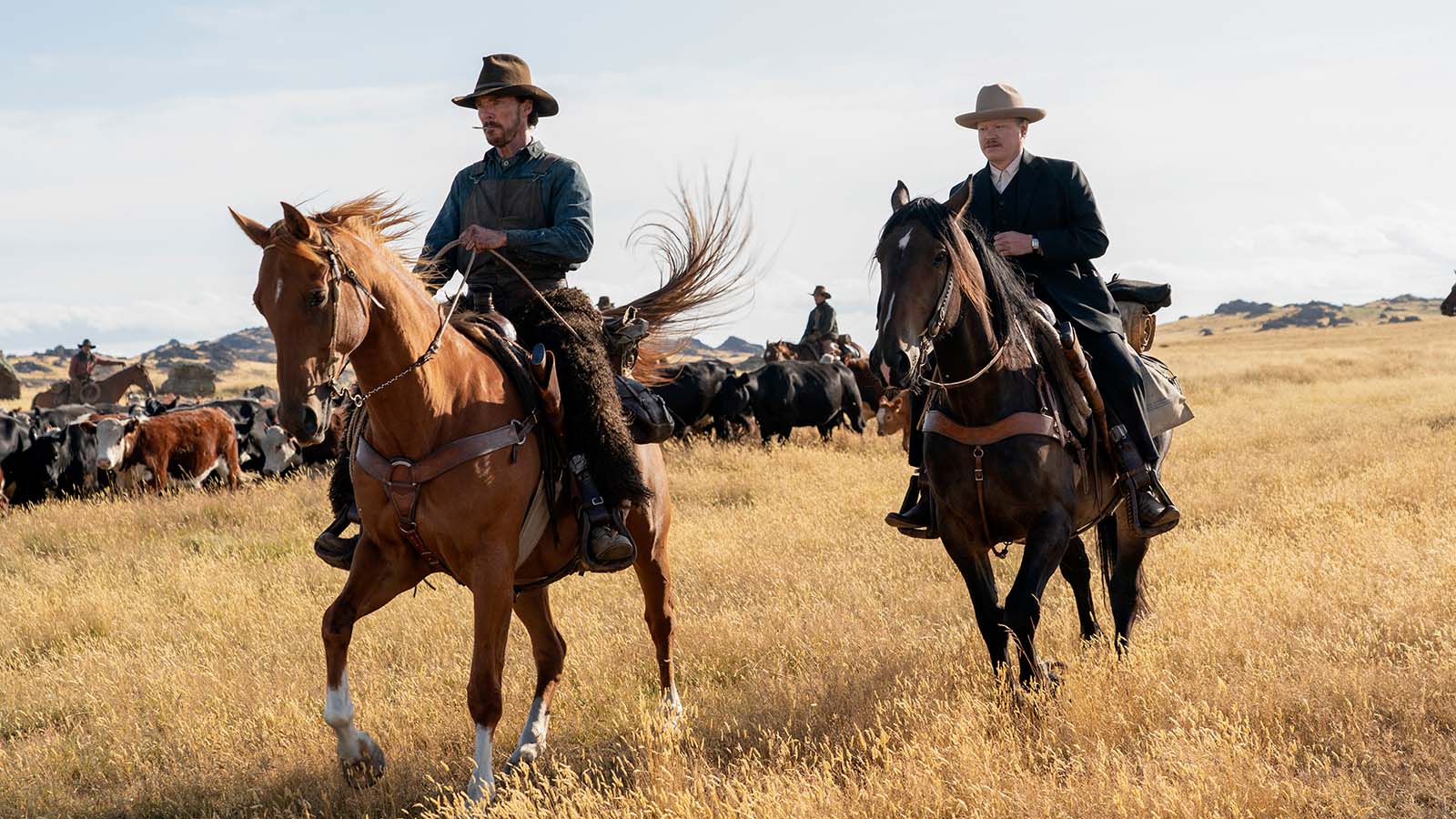
There’s one scene on the stairs with George and Peter taking some furniture from Phil’s room to his new room, and they had an altercation on the stairs. It just felt great in itself, but you could just feel that the second that had happened, the next few scenes just lost their tension because you had a peak and then a trough followed. So, there was a lot of that kind of work of figuring out exactly where the tension was coming from and maintaining it.
Then, there are all the nuances in the nitty-gritty of scenes: the fine cutting, the subtle looks, and just filling it with ambiguity because I think a lot of the tension in this comes from not knowing where things are going. You just needed enough of a hint of what could be coming. It was really delicate in working the dialogue scenes between Pete and Phil, Rose and Phil, and George and Phil. Basically, Phil is the source of tension [laughs].
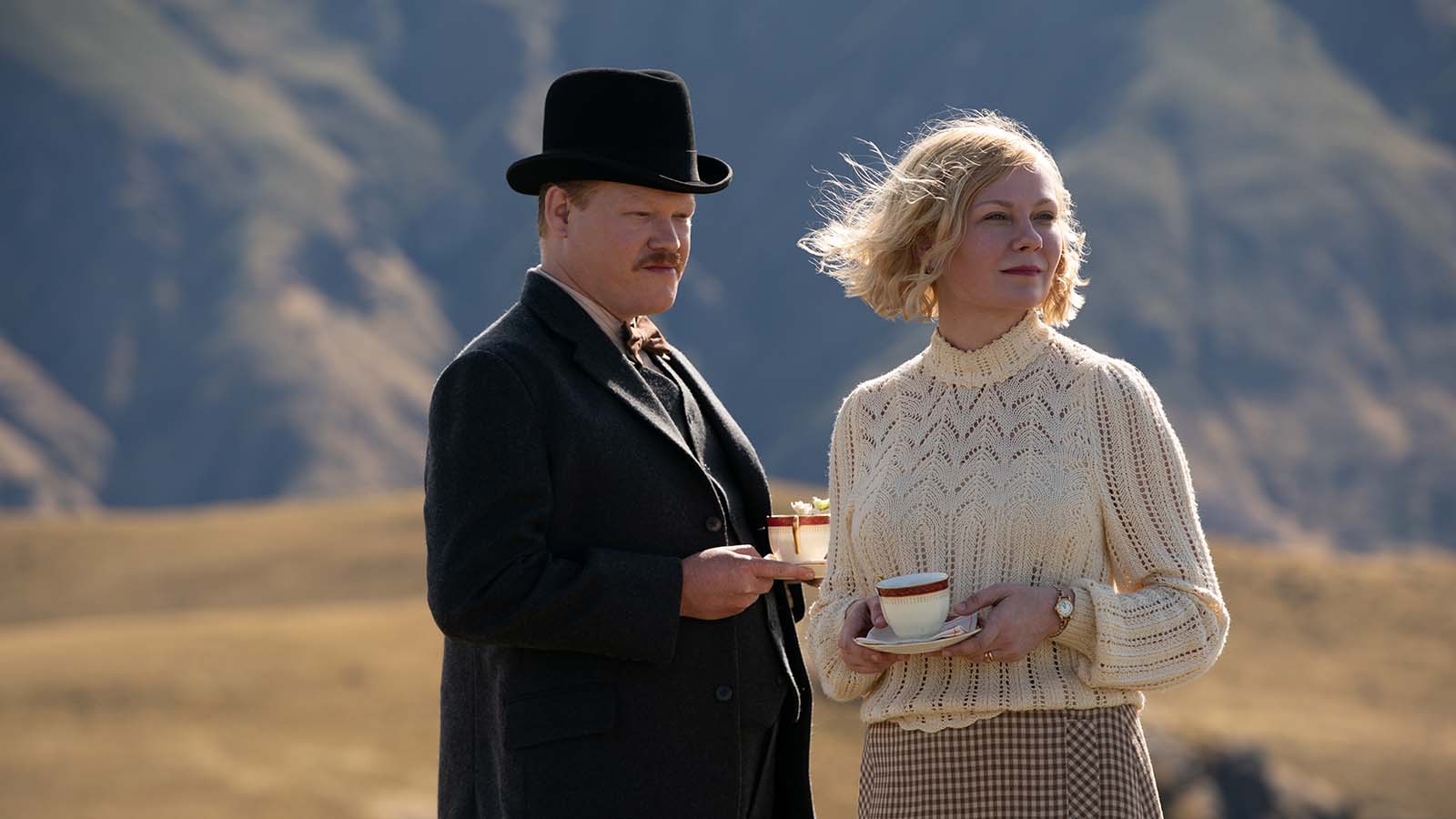
HULLFISH: It’s interesting that you mentioned that you removed that scene on the stairs and that after that the tension dropped. Why not keep the scene on the stairs and drop the next two scenes? Or were those big story scenes?
SCIBERRAS: It was essentially setting up Pete at the ranch. The following scene is actually the scene where Pete gets chased by the horses with Phil at a distance, which served a very similar purpose. It was another confrontation but it was at a distance which worked in not bringing them too close together. We had two things doing a similar thing, but one had an actual physical connection where they were right next to each other, whereas the other one is from across the field.
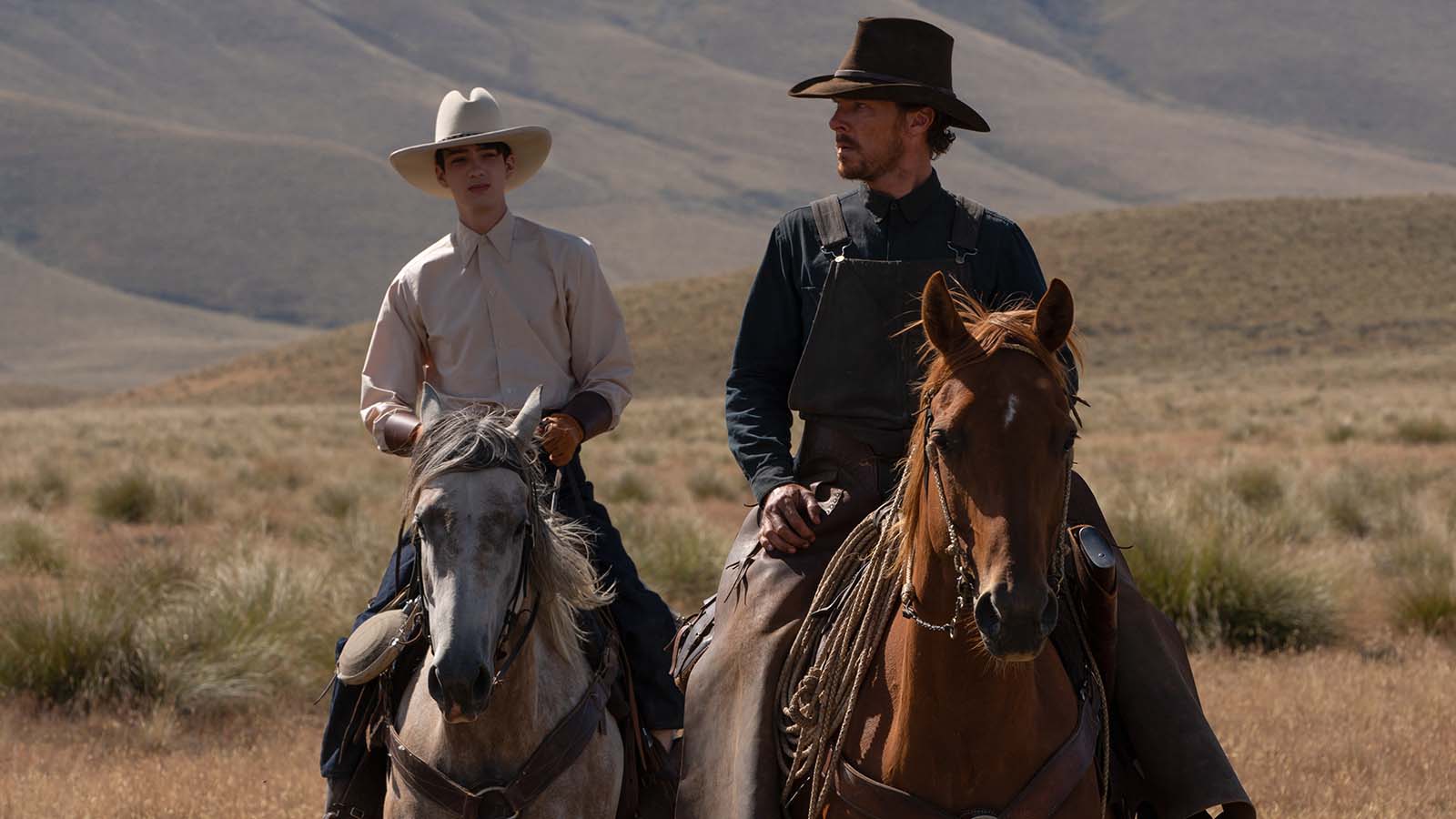
You’ve never brought the characters too close together, so the next chapter became about them coming together which was nice because you knew where it was heading, but you never got there too early. That was the reason essentially.
HULLFISH: Totally makes sense. I’m really intrigued by that process that you described of honing the movie after you’ve got the first cut and seeing things in context. As you said, the staircase scene seemed great probably when you cut it during dailies, and it’s only later that you realize that it needs to go. Talk to me a little bit about your interaction with Ms. Campion and how the two of you decided a scene like that needed to go. What was the conversation like?
SCIBERRAS: All interactions were genuine, incredibly fun, and pleasant. She’s really happy to try anything and is very free with that. She also just really trusts her instincts in a way that’s very clear, which makes trying things so fun because it always felt like if it wasn’t right, it would go back; if it was right, it would stay. It felt really playful.
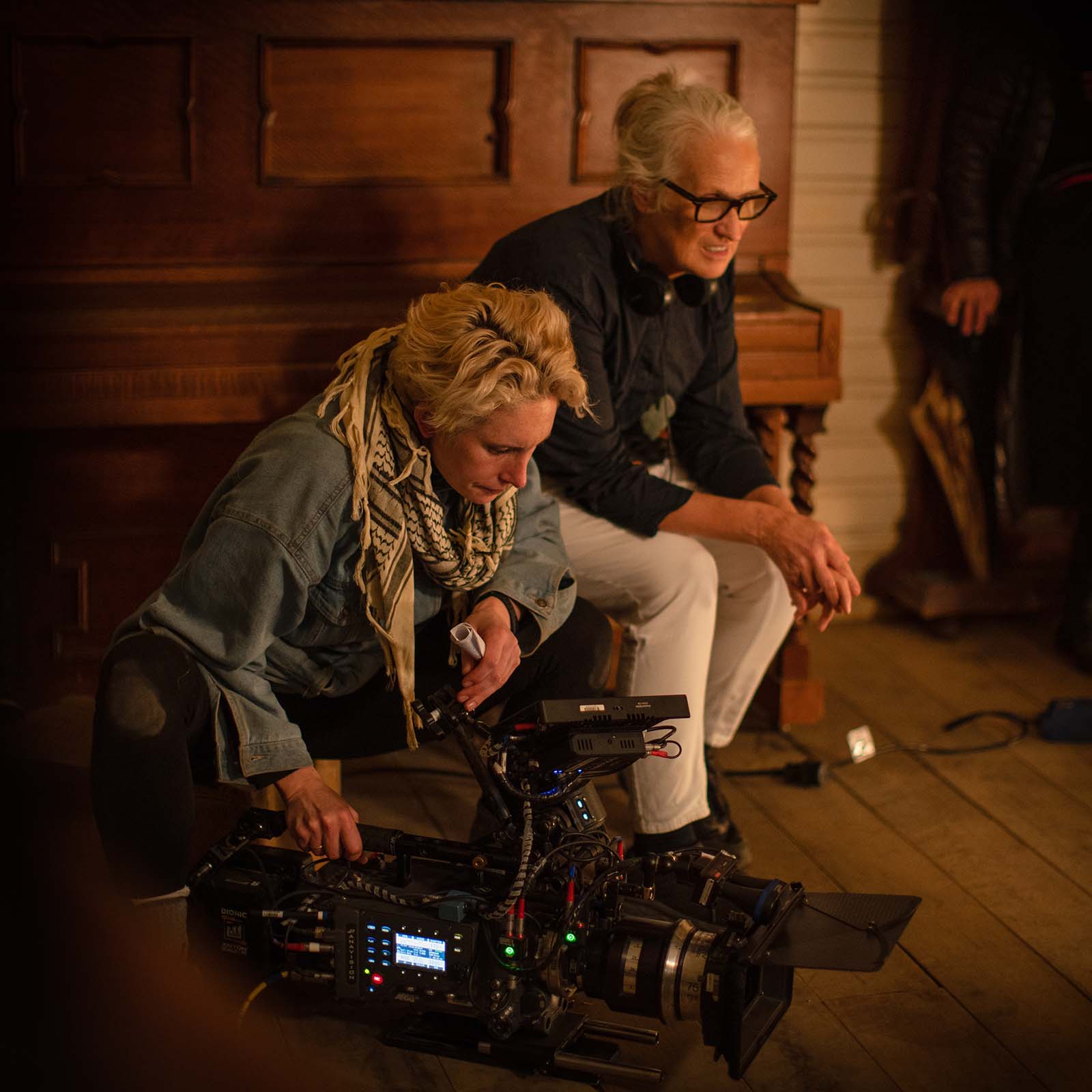
That scene in particular was maybe around the second or third full pass. So maybe a third, fourth cut. We both watched the cut and just knew something around that entry was not right, so we just went through a process of asking, “Is it this. Is it that?” Just analyzing what was happening in that little five-minute sequence in the film when Peter arrives.
We both watched the cut and just knew something around that entry was not right.
There are a few other things going on there too. There’s a dialogue scene that was removed, but part of it was kept. There used to be a short dialogue scene after Rose drinks when he arrives. So, it was really about figuring out what was not working in that sequence of scenes and just slowly putting our finger on what was happening there.
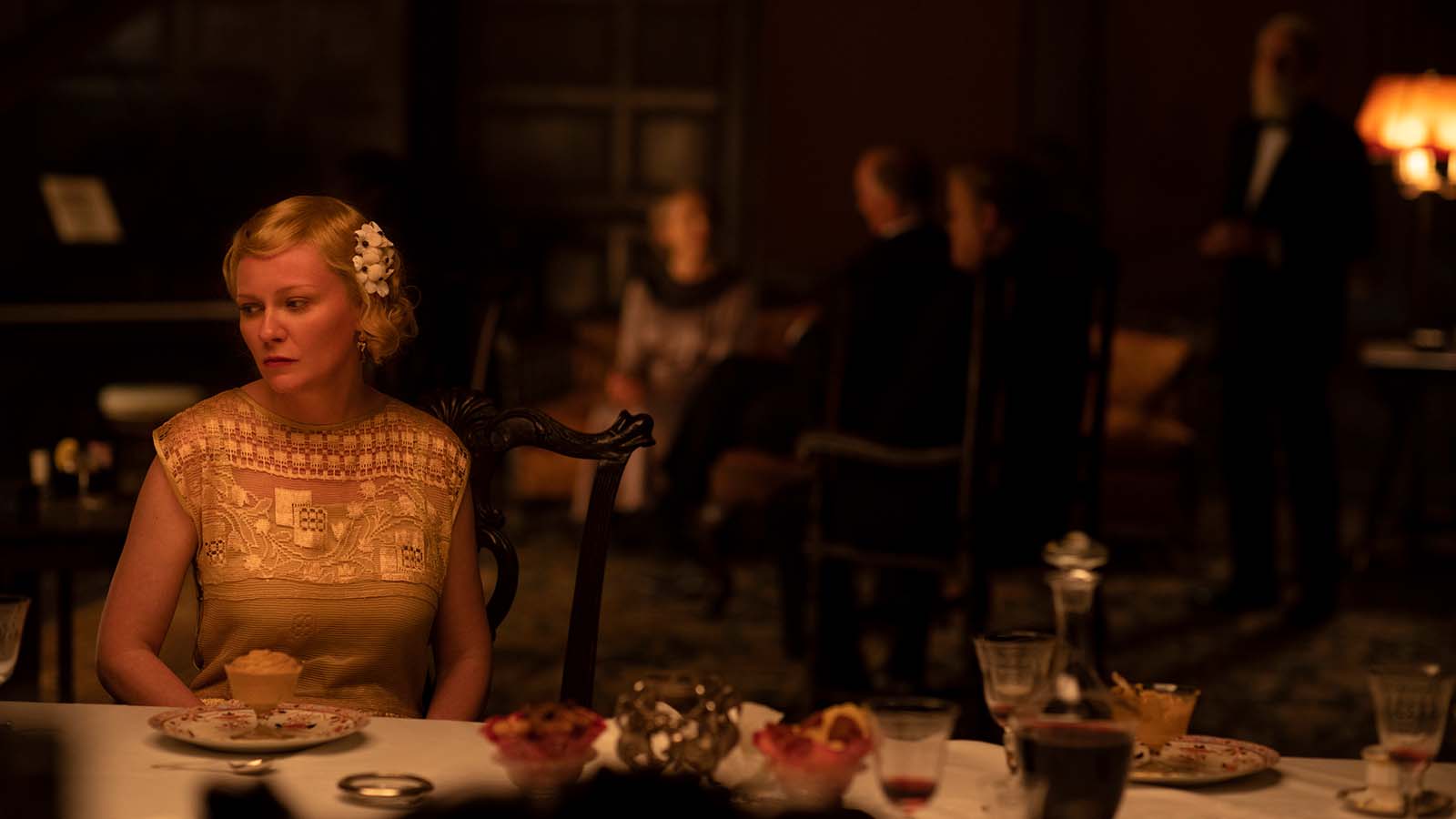
We’re bringing back a character that we hadn’t seen for about 40 minutes in the film, which is quite unusual. We see him in the first chapter and then you don’t see him again until the fourth chapter. It was a tricky thing to do. Essentially, that chapter starts from Pete’s point of view, not Phil’s and not a character that we’ve been in a film with for a while, so we just had to really balance the amount of time we could take bringing Pete back into the story without moving things forward. That was a really tricky little sequence. I feel like when we actually got that introduction to Pete, we were getting close to the shape the film took in the end.
HULLFISH: The movie definitely jumps POVs. Is that something you’re really considering when you’re cutting a scene thinking, “This is from the POV of this character and that means something to me as an editor”?
SCIBERRAS: Yeah, absolutely. I think we play a lot with POV’s especially around when the relationship between Phil and Peter really gets going. Essentially, the POV shifts by the end of that relationship to Pete’s POV in their final with the cigarette and the balm. That was a really careful consideration. Phil drives their relationship for the first two or three interactions they have by the big haystack and in the first bond scene when Pete’s sitting on the saddle, but by the end, we knew that Pete takes control of the situation.
So, that final scene, especially the second half of it, is totally played from Pete’s point of view. We sit on Pete watching Phil by the end of it. That was definitely on our minds and in the structuring of each scene. It was always important.
It’s a really bold structure. Each chapter is essentially introducing a new character in the beginning and that character needs to be set up and we need to take their point of view.
When Rose arrives into the story, essentially, we take Rose’s point of view through her chapter and how she’s experiencing the house and experiencing meeting Phil. It’s really important to get into her headspace. In the banjo scene, that’s also all from Rose’s point of view. Whereas we did actually have a lot of coverage of Phil up there playing banjo looking down, but it just felt like that scene works best from Rose’s point of view, and Phil’s up there as the monster upstairs. You just see him through a little crack in the door and he’s lurking rather than taking his point of view, looking down on the prey in that scene.

It was definitely a big consideration throughout, along with just how to balance telling that story, bringing in new characters, and giving the audience enough time to really invest in that character while they deal with Phil.
Most of it’s in her mind. It’s those few moments where we needed to really get inside her head.
HULLFISH: I can definitely see that point of view editing in that moment of Rose playing piano with the banjo upstairs because if you’ve got coverage of him playing banjo upstairs, you could play it almost like a fight scene, where it’s back and forth between them, but to say this is Rose’s POV, that becomes what’s driving the decision not to go to the cutaways of the banjo.
SCIBERRAS: Exactly. It just psychologically weighed on Rose so much more. We just knew that scene had to be really strong because Rose takes a really steep decline in the film. She only has a few interactions with Phil actually. Most of it’s in her mind. It’s those few moments where we needed to really get inside her head and know that Phil was succeeding in dominating through his artistry or just making her feel unwelcome and an outsider in her own place. It was incredibly important to land that from Rose’s point of view.
New Zealand’s Hawkdun Range was used in place of Montana as the location for The Power of the Dog.
HULLFISH: Were there any other scenes with her and her husband? He’s supportive of her early, but then the support seems to go away. You don’t see him as much.
SCIBERRAS: There wasn’t much more in the script. There’s one little scene in that section we were talking about earlier when Pete arrives at the ranch. There was a moment where she talked to George on the bed after having a drink about moving to a new place and whether she felt welcome there. George listened, but he didn’t act. It just felt like the wrong place to be going into that story now. It felt like Pete’s the story now, and we had to concentrate on that. So, anything that wasn’t servicing our new objective had to be removed. Also, it just didn’t feel necessary.
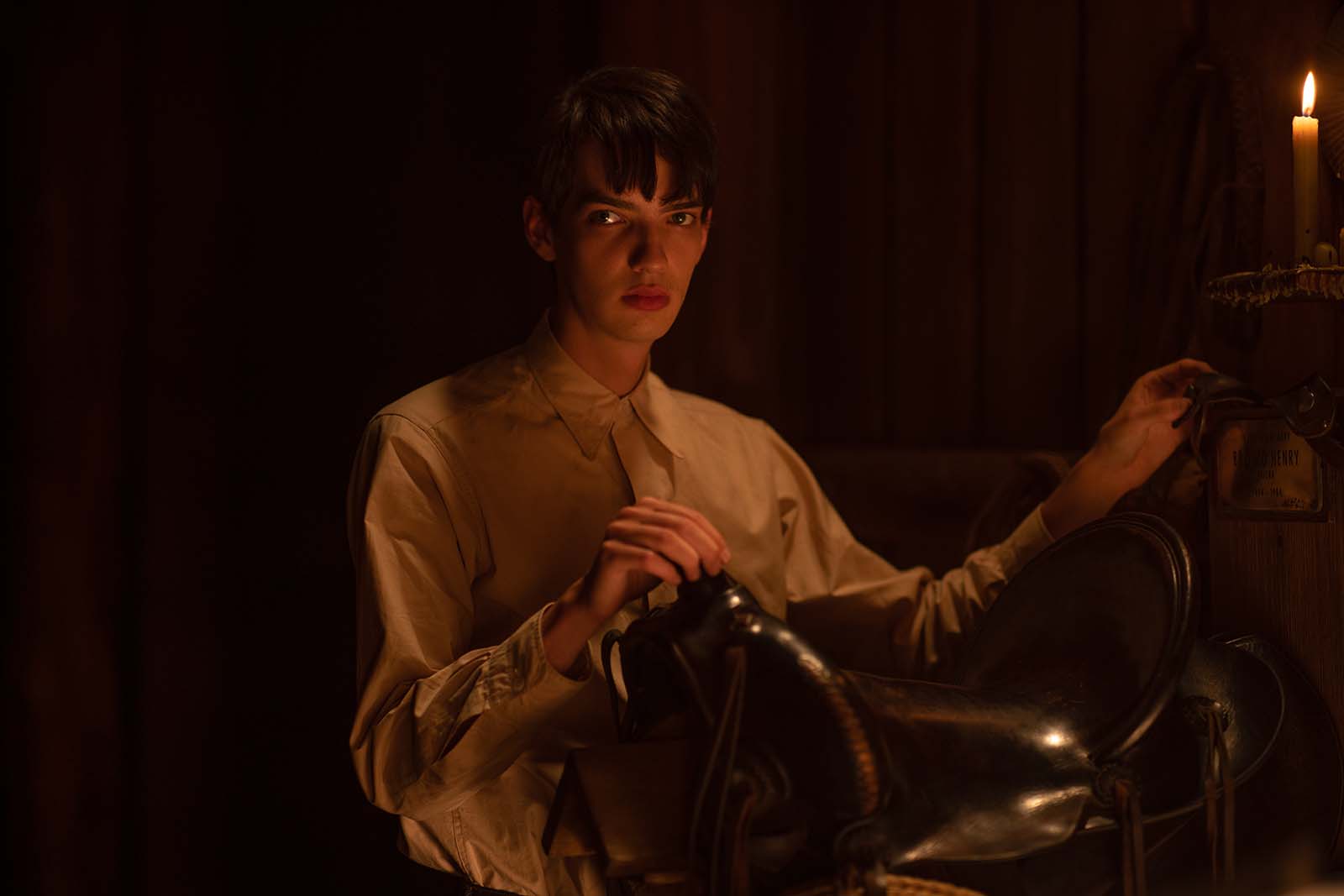
Essentially, it felt like it was information that was in the film anyway, that George was just turning a blind eye to this situation. He loves her, but he’s not that guy. He’s not the guy to stand up to Phil. Everyone’s a slightly flawed character in this, and he’s a slightly flawed husband who is really not that attentive. He’s a loving man, but it’s not his strength.
HULLFISH: The story focuses off of him anyhow, once Rose gets to the ranch.
SCIBERRAS: Exactly. He is off doing his work. He goes to the city and leaves her unattended with Phil, and that’s the horror time.
HULLFISH: The horror time. Exactly.
I wanted to talk a little bit about subtext because a lot of what’s said in the movie is not said. How do you do that? Obviously, the actors play a big part in that, but how do you support subtext in a film as an editor?
SCIBERRAS: The actors definitely do play a huge role in that. It’s essentially communicating without words. It’s all about glances, looks, hanging on moments, and playing things occasionally a little longer to give them a deeper meaning.
Then, point of view as well plays a part. Who you are on for a moment plays a huge role in where things land. It’s such a tricky question to answer actually. I feel like a lot of that’s very intuitive and you are just feeling whether you have the meaning.
HULLFISH: I agree that it’s intuitive, but for example, in subtext, I think if I have a character says something that I know that they don’t mean, or that they’re meaning something other than what they say, one of the things that I love to do is hold on them after they speak. If they say what they mean, then you can just cut to the next person like, “Hi, It looks lovely where you are now.” Boom. Cut. But if they’re not saying what they mean, I think it helps to linger with them because then it’s a clue to the audience.
SCIBERRAS: Absolutely. There’s such a balance in those kinds of dialogue scenes where everyone’s saying the opposite of what they mean most likely. There’s definitely no one saying what they mean in many dialogue scenes in The Power of the Dog.

It is lingering on all those looks. It’s also characters watching characters intently, I think. It’s looking for a reaction. Also, where the eye lines are in a scene plays a big part, whether a character is looking off or looking directly. Phil does a lot of staring down, so it’s this intimidating force. It’s really about managing all those little glances and timings. It’s those lingering moments and those moments where you’re really sharp as well. It’s very tricky.
HULLFISH: It’s reactions too because the audience needs to know if somebody says something that they don’t mean so that the effect lands on the other person, or it doesn’t. For example, if you make a joke at someone’s expense, they’re either going to get it and be insulted and angry and that needs to play on their face, or it goes over their head and the audience needs to see that too.
SCIBERRAS: Totally. I think Phil and George’s relationship in the film is very much in that vein where Phil’s essentially belittling George constantly, making jokes at his expense, bringing up all hurtful stories on the stairs, and I think Jessie’s performance in that scene is particularly exceptional just in the way he could play brushing it off, but also feeling incredibly hurt by it at the same time. He’s playing with this hat and doing little fidgeting. It’s all those little clues that you can give the audience as to how someone really feels while they’re trying to show the other character that they don’t feel that way.
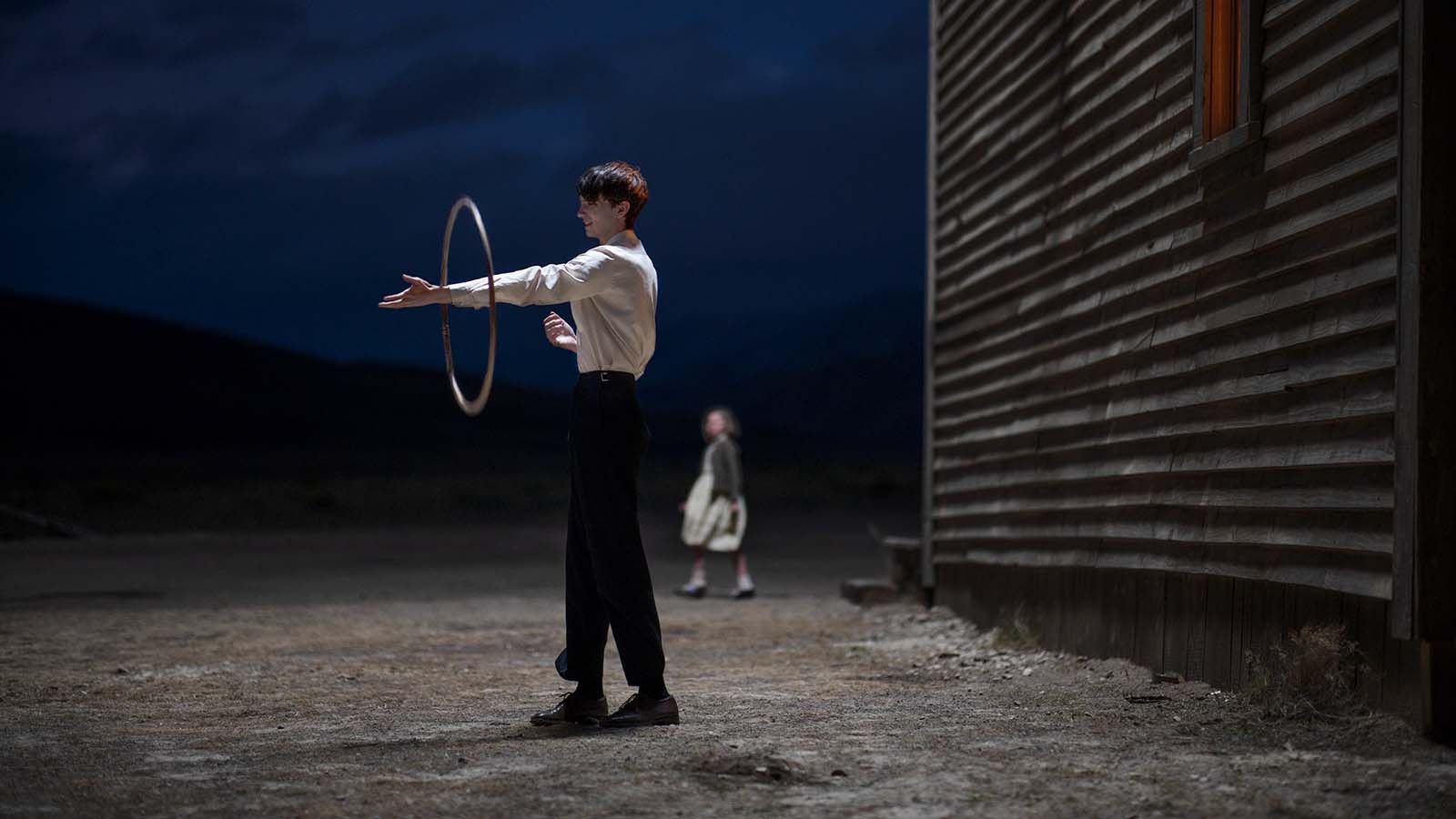
It’s also about just reading. Jane has such great actors that they give you these moments and you just know when you see the thing you need that it is communicating something that might be quite complex, but you can just recognize it. They’re the moments where you say, “Okay, let’s build around that. That’s a great thing and a great moment.” It’s all these tiny little clues and really detailed work to get it right.
HULLFISH: Are you able to discover those little details when you’re cutting dailies, or do you find that oftentimes you’re discovering those very subtle things deeper in the movie when you have some context?
SCIBERRAS: No, I often find that comes pretty quickly like on the first pass or two in a scene. I feel like as long as you’re attuned to it and when you know what kind of material you’re dealing with, you recognize it. From the script, I remember talking to Jane early on saying, “This is all between the lines.” So, I guess you’re looking for those moments from the very start. They do get better and more refined obviously as you carry on, but I definitely try to get as much of that into the first assemble as possible
HULLFISH: When you’re watching dailies, how do you make note of those moments? Obviously, you don’t use them all. How do you make note of the best version of a reaction shot for example?
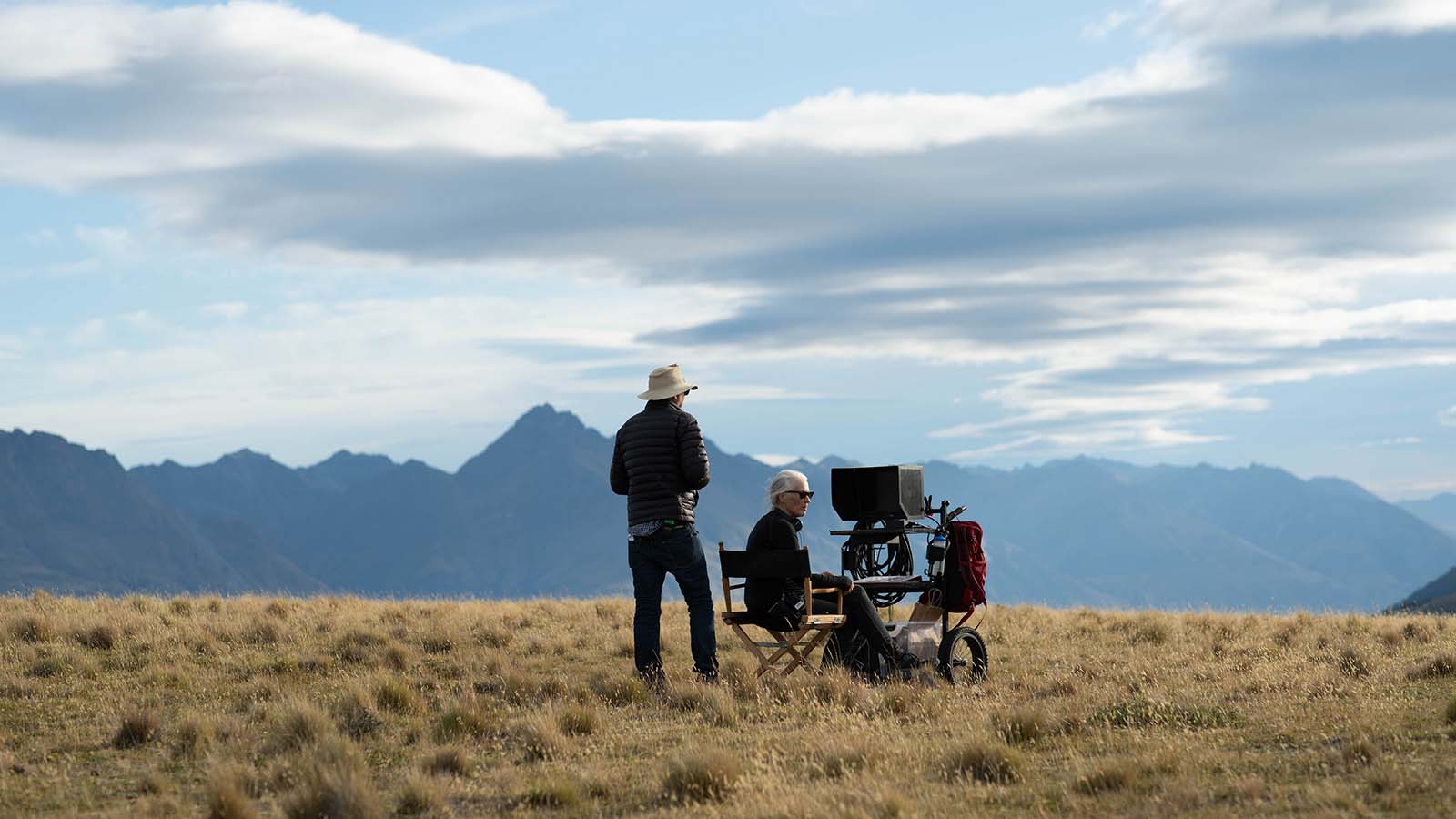
SCIBERRAS: I like to just watch it all down in a row. I have all my dailies laid up with each setup in one timeline back to back. Then, I just give them different colored marks for how I feel about it just in a rating system of one to three. As I’m watching, I’m just reacting and just tapping a marker.
Then, I get through the timeline and Avid just drops all the markers on, so I know exactly where I was feeling something or when I was looking for something. Then, I’d go through and organize it a little better from that, but that’s essentially my process in watching dailies. I try not to stop and start too much. Just let her all run.
HULLFISH: You do a selects or a KEM roll of just a setup, not of the entire scene? I love that idea.
SCIBERRAS: Yep. One setup at a time. I’ll watch one whole setup, then get into the next setup. I just essentially go through it in one sitting but one set up at a time so that I can try to be as attentive as possible while watching it the first time. I feel like just a mini-break between setups, 30 seconds even, is enough to reset the attention span because watching dailies is hard.

HULLFISH: Yeah, you’ve got to wrap your brain around it. I’m really just intrigued by the fact that you do it that way because I do a KEM roll as well to watch my dailies, but I do the entire thing, but then sometimes that’s 90 minutes long.
SCIBERRAS: Exactly. It’s like watching a feature every time.
HULLFISH: It’s like watching a feature film twice a day.
SCIBERRAS: A really repetitive feature film.
HULLFISH: Exactly.
When I used to run it all in one, I could feel my attention span just lowering at a certain point.
SCIBERRAS: Just a little break between each one helps me stay really focused for the next because I found early on that when I used to run it all in one, I could feel my attention span just lowering at a certain point, and I thought, “I need to find a way just to keep that at a high level all the way through.” That’s why I started doing that.
HULLFISH: Are they colored? Can you tell us what your colors are?
SCIBERRAS: Black is the lowest rating, white, and then yellow for the gold [laughs].
HULLFISH: For the gold. I love it.
I’m interested in this process of trying to architect a scene in dailies. Before you start watching setups, do you care what setups there are to look at?
SCIBERRAS: Yes, I always just do a quick flip through and just know all the setups before I start watching. So, I’ll be able to say, “Okay, I’ve got this shot, this shot, this shot…” because I like to not completely work out the structure, but have a rough idea of what the structure of the scene might take.
What angles do we have if a character is traveling across the room? Where will that be? It helps to know that a particular moment might be crucial, to pay extra attention to certain bits, and just start to figure out the scene before watching dailies just to get a rough sense of how it might go together. Then, I start watching dailies. By the end of that, I’ve usually got a pretty fair idea of how it’s going to be structured by the time I start cutting.
HULLFISH: Then, because all your notes are on your mini selects reels, are you editing from them as a source?
SCIBERRAS: Yeah, exactly. Often I’ll do it on a video track just above the dailies. Then when doing selects with Jane, I’ll do another row, another video layer of selects with Jane, so I know what selects were together versus when I first watched it. That gives me a good indication of, “We’re all loving this section. Great,” or, “My first reaction to this was good, but second was maybe not so good.” It just gives you a chance to trace your steps and think, “What did I first feel about this?” So, I find that really helpful as well, but usually, the gold markers line up pretty well.
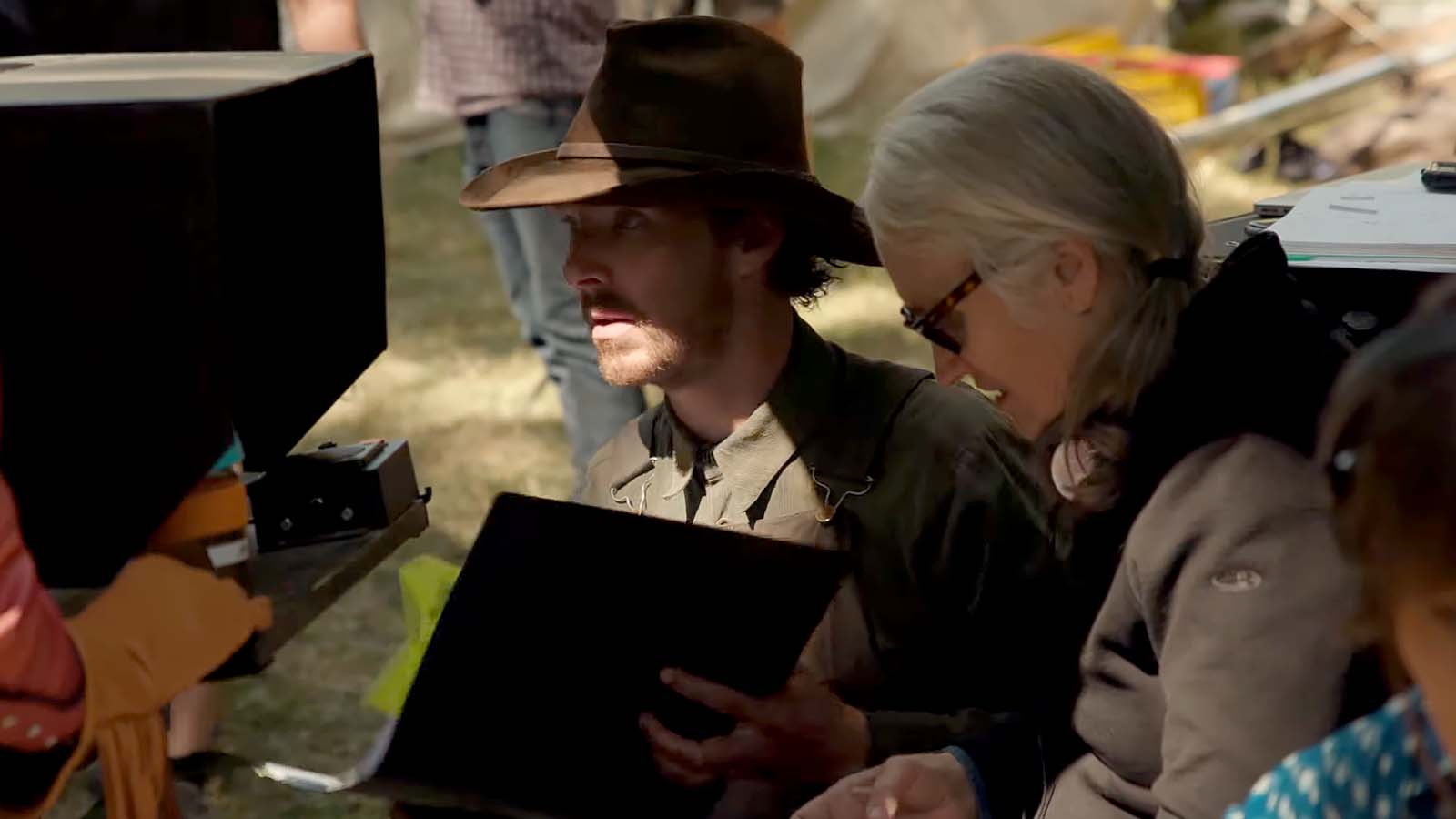
HULLFISH: I definitely feel a sense of pride when that happens, not even in editing, but just realizing “Oh, we’re seeing the same thing.”
SCIBERRAS: Yeah, absolutely. By the end of the film, me and Jane’s minds were essentially connected. Jane’s got a very good way of making everyone see the world through her eyes, so then you’re essentially Jane.
HULLFISH: So, the change happened towards Jane, not into some blend between the two of you?
SCIBERRAS: I mean, we share very similar ties, but Jane is a force of nature. Jane’s got a very strong point of view on the world, but it’s really interesting.
HULLFISH: I love and respect the decision not to be too blatant and on the nose with the ending—and I don’t want to give anything away —but I missed something and I think that I should have clued in. Talk to me about that decision of a very subtle ending and resolution to a conflict. It’s not like a Taken movie where Liam Neeson says, “I’m coming for you.”
SCIBERRAS: It’s absolutely not that, although I’d love to see Jane make one of those movies. That would be fun.
There was actually a much clearer ending that we were playing with for a while. We actually had a dictionary definition that we could have ended on that would have made things quite a bit clearer if you’d missed a few clues here and there. There is a twist in the film, but we asked ourselves, “What feeling do we want the audience to be left with when we cut to black?”
It felt like going in that tight on one particular thing reduced the feelings about everything else that had happened between the two men, the characters throughout, and the bigger questions that were raised in the relationship. So, it was really about allowing the audience to take what had happened and digest it slowly rather than saying, “This is what happened. Just think about how that happened.”
There’s such an emotional richness and complexity to what was happening in their relationship. What did this act mean? Was it love? Was it a hard thing to do? Is Phil now Pete’s Bronco Henry? We wanted the audience to have those kinds of questions rather than just zeroing in on just the detail of the act. So that was really the main consideration.
HULLFISH: One of the things that really intrigued me was that you want to watch the film a second time, at least a second time. Did you guys consider that when you were editing it, thinking that you really need to give an experience to the audience that they can enjoy multiple times?
SCIBERRAS: Absolutely. I think more than anything I’ve ever worked on before we talked about second viewings and wanting an audience to watch it a second time.
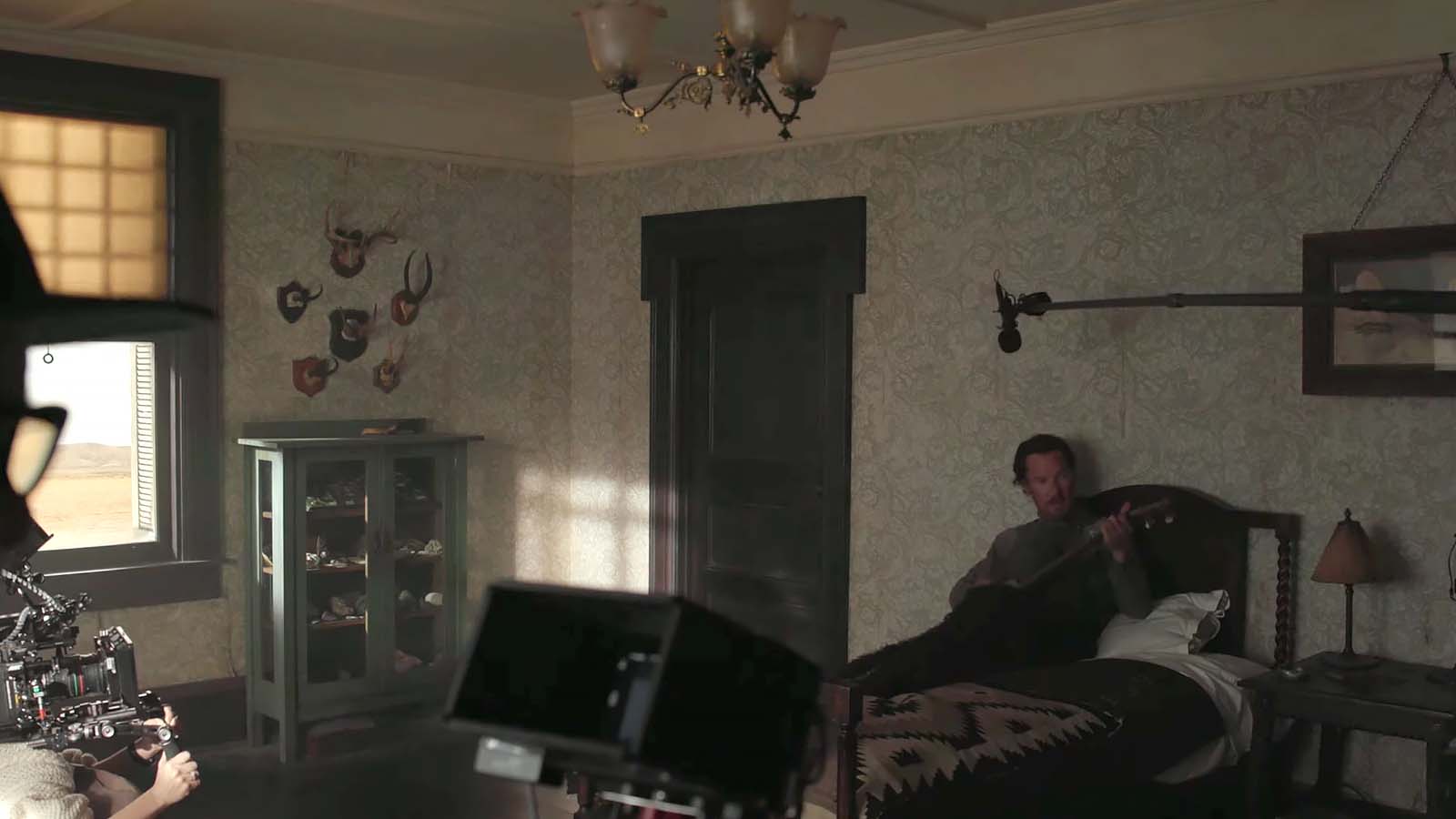
HULLFISH: That’s so interesting.
SCIBERRAS: Definitely, because it’s a totally different watch the second time.
HULLFISH: It would be a totally different watch the second time.
SCIBERRAS: There are many looks that we would talk about where on the first viewing, it’s a kind of sexual longing or sexual tension, and on the second viewing, it’s a bit of a horror shot or the moment of the crime. There are so many of those little looks that read so differently once you know.
I think that’s one of the things I’m most proud of is the way that film can operate with this really tense ambiguity on the first watch, but you’re not sure exactly which way it’s going. Then, it’s a different type of tension of what is he up to and what’s coming.
It’s a really bittersweet thing that Pete does what he does to Phil because I think there is something really real there, but it’s something that must be done. I think there are just different layers of emotions and readings on things that come through the second time. That was a great hope anyway.
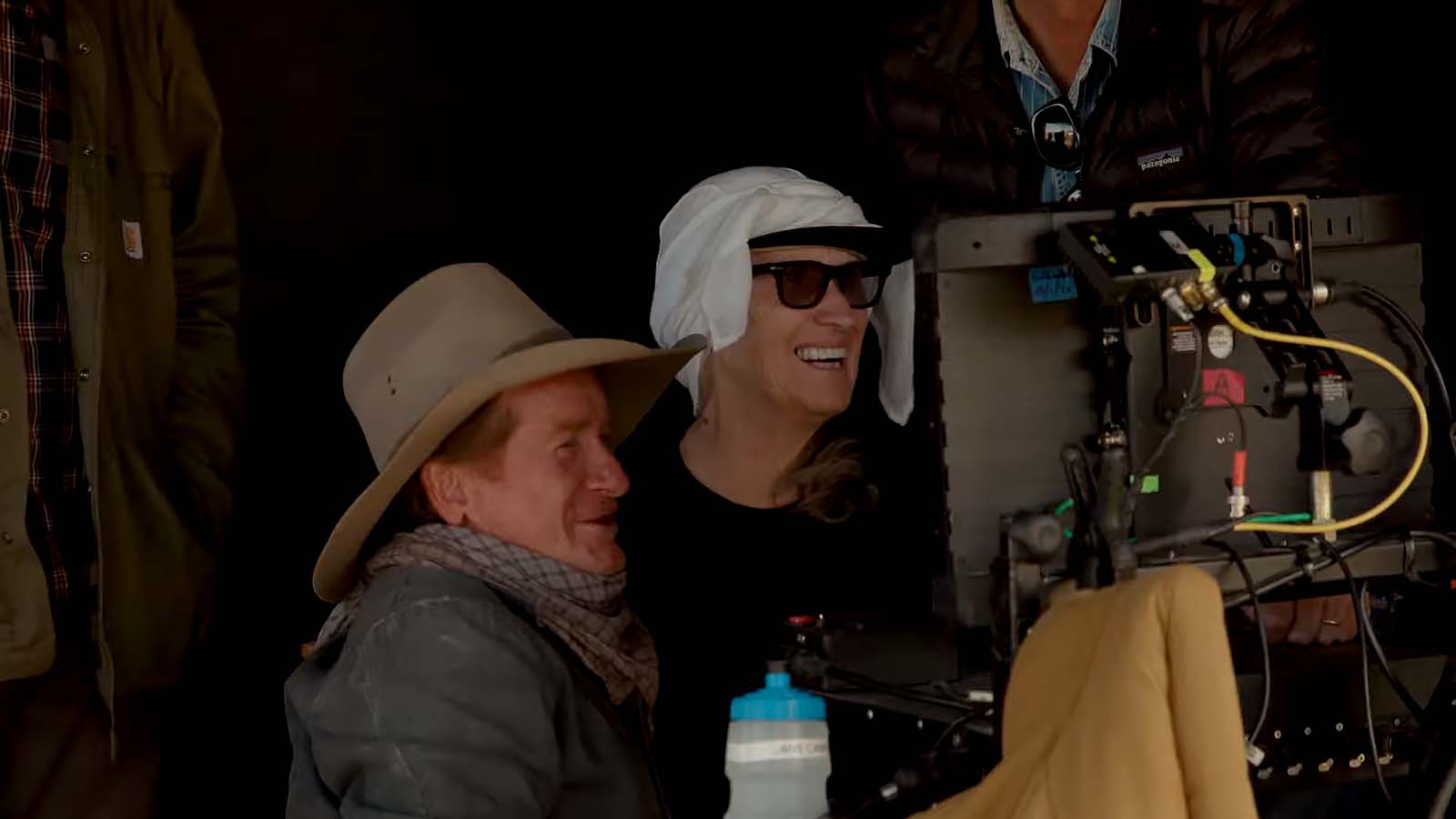
HULLFISH: You brought up a really interesting point with the ambiguity of some of those looks. One of the things that can destroy that ambiguity in a film is music because you can just say, “Put some music in there that tells you, ‘This is what the look means.'” You obviously didn’t want to do that, right?
SCIBERRAS: No, we definitely did not want to do that. We really tried not to use music in that way at all. We used the music in a very transitional and supporting way, especially through the first two-thirds of the film, but we also wanted the music to build into the story for the last chapter. So, the last chapter, except for maybe one moment, is the only chapter with underscoring within scenes. Everywhere else, it helps you travel to the next and supports a feeling that hopefully was in those scenes. There’s definitely no telling stings in the score here.
Also, Jonny Greenwood didn’t actually score to picture. There was editing done to the cues to the picture towards the end, but he scored to the script. We had maybe 80 to 90 percent of the score in the first week of the cut.
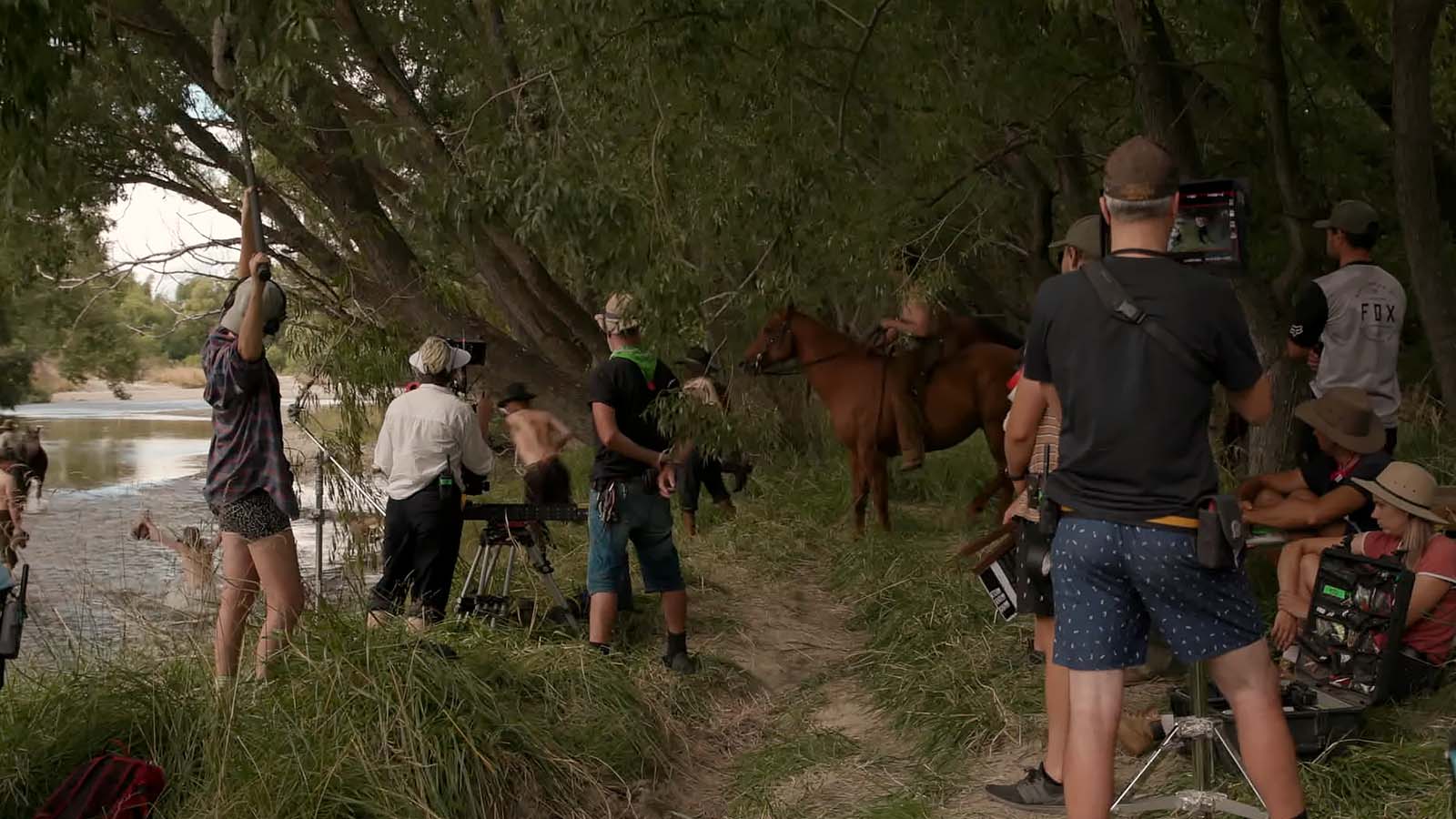
HULLFISH: That’s nice. So, you didn’t really temp? You put in the score?
SCIBERRAS: It was the score from the start. There are a couple of things we requested and needed specifically like a couple of colors that weren’t in the original delivery, but we were actually cutting with a vast majority of the music in the film from the beginning. So, it really developed with the cut.
Because of that, I don’t think we would have gone in that direction anyway, but it’s really not an underscore kind of score. It doesn’t really operate in that way. It’s more textural and more emotional in a thematic way than in a scene-specific or a moment-specific way.
HULLFISH: Was the opening voiceover in the original script, or is that something that got added?
SCIBERRAS: That got added at the very end. It was an idea that Jane had during the shoot, but we didn’t try it until there was a week where we both came back on a Monday and said, “Okay, it’s time to try that voiceover idea that had been floated four or five months before.” Then, we got to work coming up with ideas for what it was.
The original voiceover that we came up with was far more philosophical. It was far more about Pete’s view of the world and the idea for it was really to plant Peter’s character more firmly in the first act and just really let the audience know that this guy is the opening voiceover in the film, so he’s important. Because he goes missing for so long, we wanted to subliminally plant the fact that he was a big deal in this story.

Also, because the first five minutes of the film is this really ranchy cows and cowboys world, we loved the idea of Pete’s voice being the first thing you hear before you jump into that ultra-masculine ranch world. This other character that’s from a different place, different tone leading you into that world felt like something we needed just to complete the tone for the film; to have both tones at the very beginning.
HULLFISH: When you add something that you have not had for months and months in the cut that late, do you have to watch the entire movie again once that voiceover goes in? Or do you need to watch 20 minutes? Because I would think that just watching the voiceover and the next 30 seconds is not enough to tell you what the voiceover did to the movie.
SCIBERRAS: Definitely not the next 30 seconds [laughs]. Definitely a lot more than that. In this case, we needed to watch at the very least until Pete and Phil came together. That was the initial thing I think that we needed to check was how that felt to get it right and get the shape of it right.

The original voiceover went further into the film, not too far, but it went into the cattle montage that opens just after the credits. So, it was a process of getting all that right and feeling like we had it in a crafted way that we can appreciate what’s actually being said and it not be jarring.
Then, we would watch it to the point where the characters came together, and then watch a reel, and then the next step was definitely watching the whole thing through and feeling the connections being made. But with this one, because it became this statement, it didn’t really have a dramatic effect on anything except just the opening which just presented a different tone. It’s such a huge statement that we landed on in the end. Essentially, Peter will do anything to save his mother. It felt like that was information we wanted the audience to have from the start.
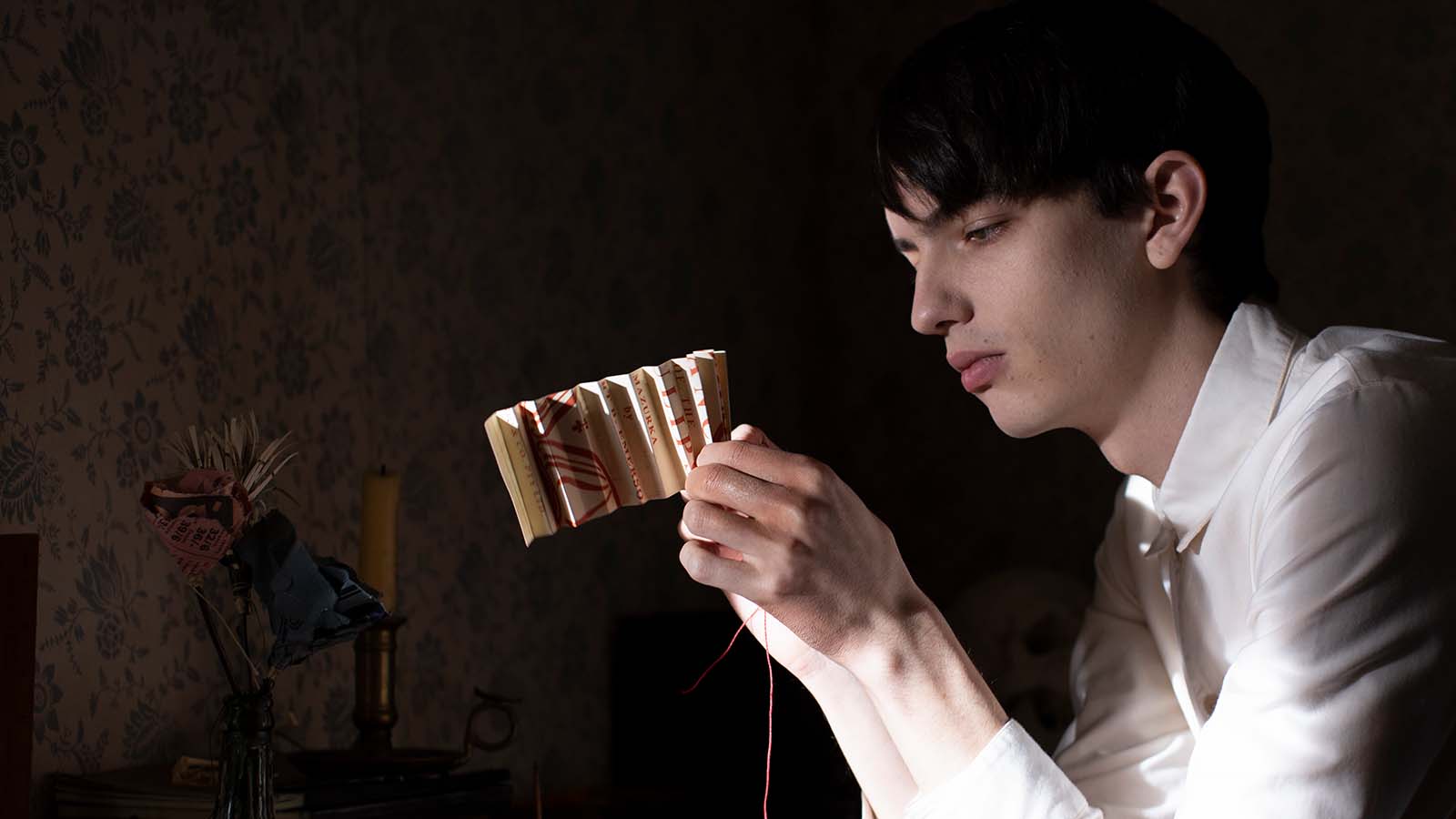
HULLFISH: Because you pointed out the tone of Peter’s voice is so different than the tone of the visuals that you’re about to go into, did Jane call him up and ask, “Hey, could you do a quick voiceover on your phone and send it to us?” Or did you do the scratch track until you got some ADR?
SCIBERRAS: No, we didn’t do any scratch for this one. We didn’t try it till we had Kodi [Smit-Mcphee] actually, who was living in Melbourne during the COVID break, so we got him into a studio in Melbourne and Jane did a really long session with him ad-libbing and trying a bunch of scripts that she’d written. Then, we started cutting with that.
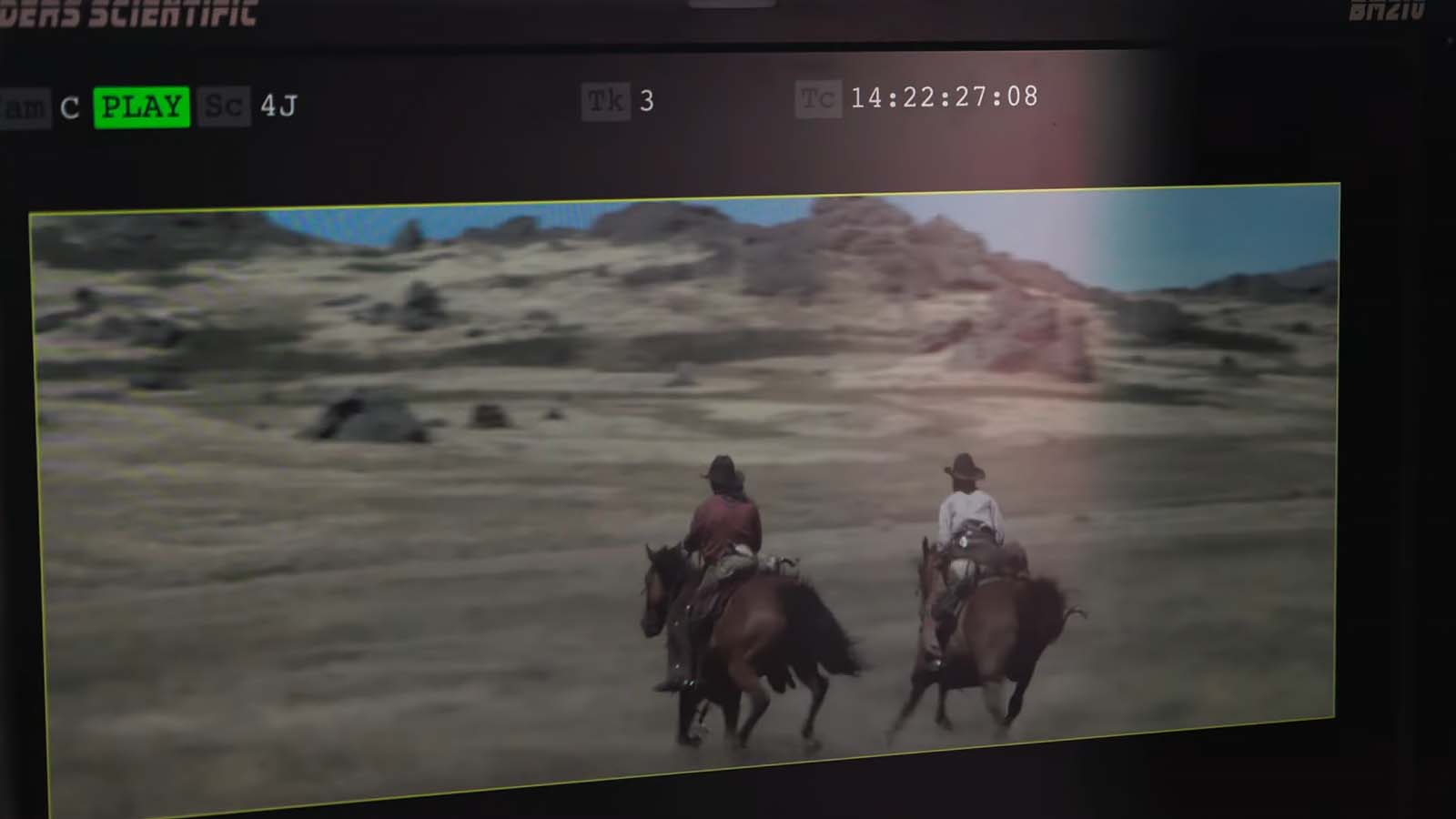
HULLFISH: Very interesting. So, it wasn’t completely scripted where you only had three lines, you cut them in, and you’re done.
SCIBERRAS: Yeah, Jane never works like that. Especially in this case, she’ll want to explore because Pete’s character has a very interesting take on the world. We just wanted as many ideas in there as possible because it had been a long time since Kodi had been playing Peter’s character. We wanted him to really play around and get back into the point of view of Peter. That was really fun to watch. I love those recording sessions.
HULLFISH: When Jane is talking to you as an editor, do you feel like she’s talking to you like an actor, or is she giving you more technical direction? What kind of discussions are you having? What’s the actual vocabulary that she likes to use when discussing a scene?
SCIBERRAS: That’s a good question. We very rarely ever talked about shots. It was just about figuring out what was trying to be achieved. Occasionally, she might say that a shot is too long or short, but we would just talk about what we were trying to get across and what we were trying to communicate.
Then, I try to work very quickly and keep things moving. Actually, I’d prefer not to get into too much dialogue with the director. I’d rather just figure out what we need to do and do it, and then let that keep the conversation going. So, there were a lot of quick bursts of working, presenting something to Jane, and then talking about it.
I have worked with directors in the past who really liked to talk the whole thing out, and that to me feels less intuitive and a bit of a slow process. I feel like reacting to footage and to cuts is definitely more efficient. I think a lot of things come from ideas as well. One thing leads to another and the more you do, the more everything just opens up to me versus trying to figure it all out in your head and then get it done once.
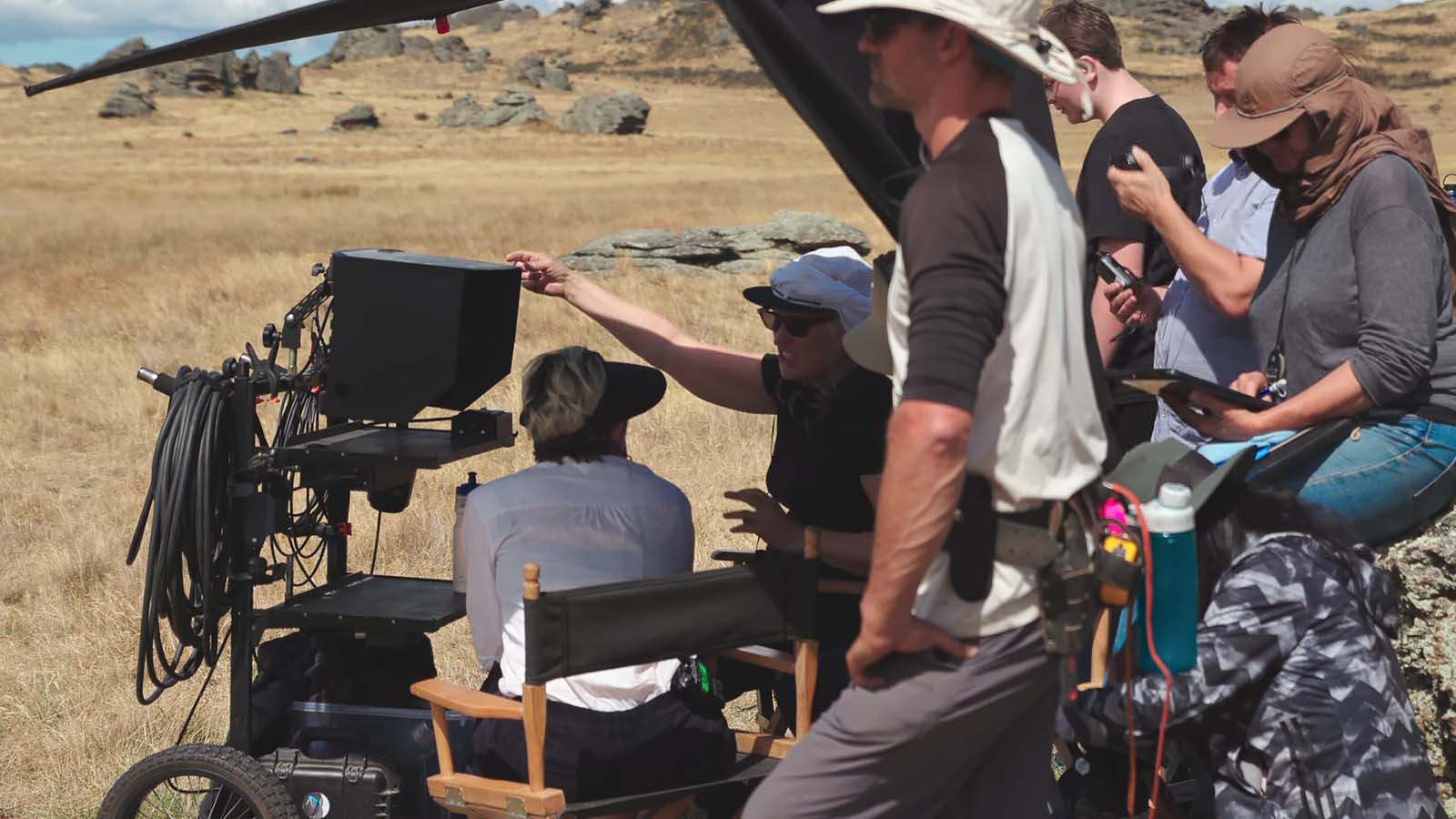
HULLFISH: It’s almost like the conversation takes place in the timeline in a way or on the screen. You say, “Here’s a take. Did I achieve something or did I not? Why didn’t I achieve it?” Then, you’re back to another iteration.
SCIBERRAS: Exactly. That was essentially the way we worked. Like I said earlier, Jane’s got a great instinct. The second something’s working, she recognizes it really fast and then hangs onto it, and then you either build on it or make it worse and you go back instantly.
There’s not a lot of umming and ahhing with Jane.
She’s a great director to work with in that sense because she trusts her instincts so much. There’s not a lot of flip-flopping on ideas. It’s either working or it’s not. Then we ask, “Can it work better? Sure. Maybe not.” There’s not a lot of umming and ahhing with Jane.
HULLFISH: Once you’ve got her dialed in to something that she likes, does that then inform you with other edits?
SCIBERRAS: Yeah, I feel like the first three or four weeks of the cut for me was just learning Jane and what she likes and what she’s looking for. After a month of working together, I had a very good sense of that and was pretty dialed into what tone she was looking for, what pace, and how she saw the movie. Then, from there it was all free and easy. I didn’t really have to think about anything like that ever again. We were in the flow and everything was just happening really naturally.
HULLFISH: You mentioned working with other directors who might work a different way. What’s the process of learning a new director?
SCIBERRAS: Yeah, absolutely. I have come up doing a lot of commercials, so I’ve probably worked with more directors than most feature editors probably do in their careers.
HULLFISH: It could be a new one every week.
SCIBERRAS: Literally. I’ve worked with a lot and I wouldn’t even know a number, but over a hundred at least. I think the one benefit of that is that it helped me figure out a way that I can work and fit into other director’s methods in a way that is fairly seamless so I don’t feel like I have to change too much because maybe I’ve already learned how to mold pretty easily over the years.
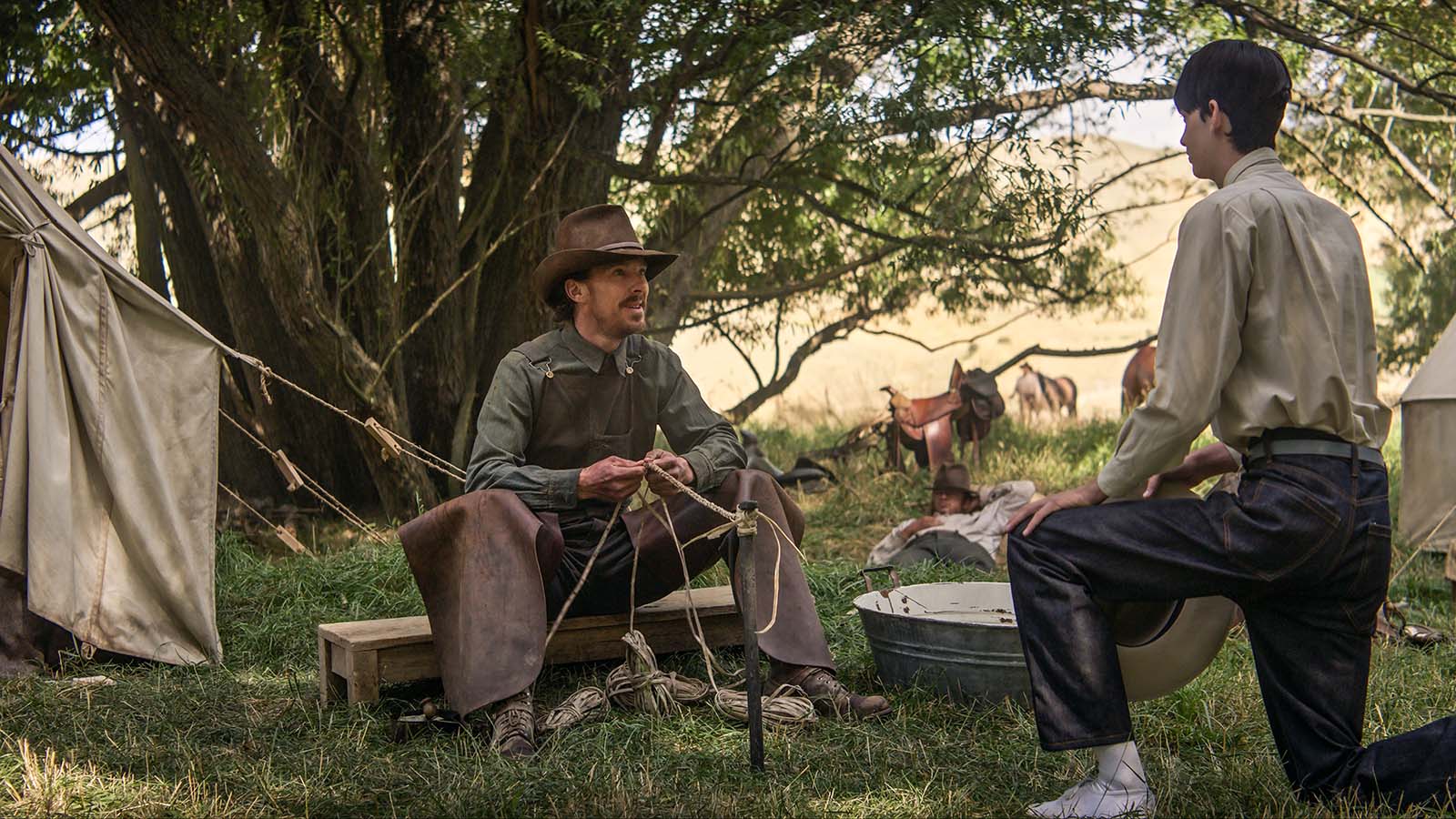
You can’t work with every director the same way, but you also need to be able to do what you do similarly. So, you need to be both flexible, but also to work the way that you think works the best for you at the same time. It’s that tricky balance and that always takes a little while. It takes a couple of weeks, I feel like. Then, you find the workflow that seems like it’s making everybody happy and you carry that on hopefully. It gets easier and easier as the weeks progress, if it’s going well, that is.
HULLFISH: That’s very interesting what you’re saying about being an ad editor and the number of different people you get to work with. I think that also happens with short films too. Have you done any?
SCIBERRAS: I have done quite a few shorts. Also, in Australia and the UK—and I’ve worked in both, but mainly in Australia—in advertising there, you work with a director a lot more than you do in the U.S. In the U.S. you actually work far more with the agency than you do the director. So, in Australia, the director’s cut is always the first few days and the same in shorts.
Shorts are hard. Shorts are a great place to learn for a young editor because they’re usually pretty underfunded, so there are so many things to figure out and fix [laughs]. So many problems to solve. It’s always a good learning curve and a good place to start. Also, working with different directors and different styles and genres is great. It’s all about miles on the clock.
Working with different directors and different styles and genres is great. It’s all about miles on the clock.
HULLFISH: Exactly. Hours in the seat. That is my biggest advice to people—you just need the time in the seat, and shorts are a great way to do that when you think about it.
SCIBERRAS: Definitely.
HULLFISH: Whatever short you can get on is beneficial, or make your own short, or do something that you can cut. That’s the critical thing.
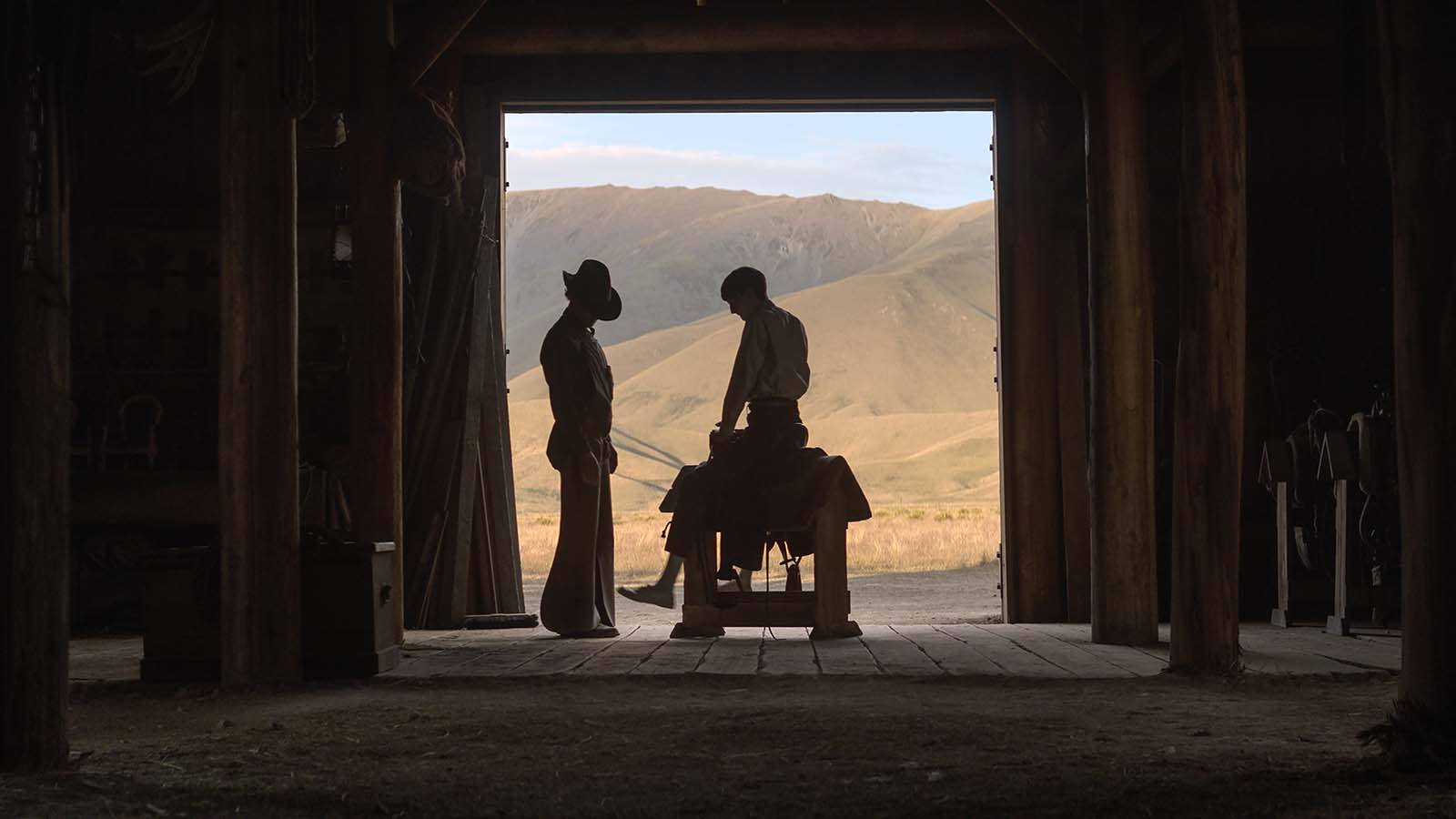
SCIBERRAS: That would be my advice too is to learn on the job. You learn by doing so much more than you learn by watching, I think. Also, the more directors you’re exposed to, the more you gain a sense of the complete variety of ways you can work in film, the different personalities and points of view out there, what you work best with as well, and what kind of directors you want to work with. That’s a big part of it.
HULLFISH: And the more directors you work with on the shorts, the more chances you have that they go make a feature and bring you on board.
SCIBERRAS: Totally. Especially if the relationship works really well in the short world, it will work really well on a feature. It’s just more weeks doing it. The process is not essentially that different. Nuts and bolts-wise, it’s the exact same keyboard shortcuts.
HULLFISH: Yep, and an abbreviated and very focused story usually.
SCIBERRAS: Yeah, which is sometimes harder, to be honest. Shorts are really super difficult because you really have nowhere to hide.
HULLFISH: Same with advertising editing, correct?
SCIBERRAS: Definitely. You have to be so economical with advertising editing, especially if we’re working on the type of ads that are more story-based, which I’ve been lucky enough to work on, the far more creative end of advertising where you’re working with incredibly talented directors telling stories over a very short amount of time. You’ve got to make every frame count, literally.
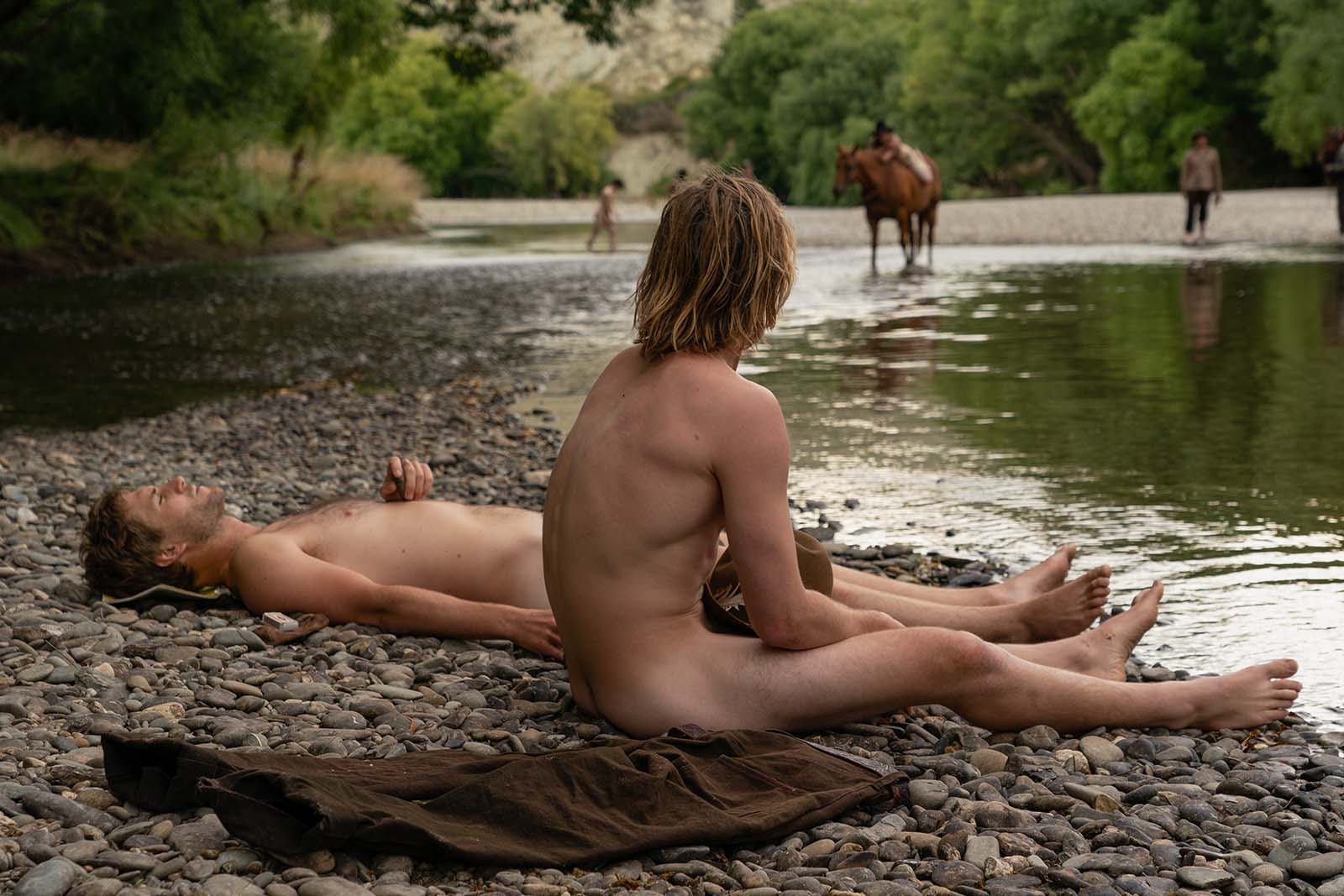
You’ve got to get really good at fine cutting too really early on because everything’s a cheat in advertising essentially. You very rarely are just going to have a straight match cut. Usually, you’ve got to find a way to make a match cut work even though you’re jumping through seconds of time or even way more. There are so many little lessons and it is a really good experience to have. You can kind of make anything work.
HULLFISH: Yep. For me, the trick with switching from advertising to features is just having some patience with the material because I just am trying to tighten everything. I have to remind myself, “No, you’ve got two hours. You don’t have to tighten everything like that.”
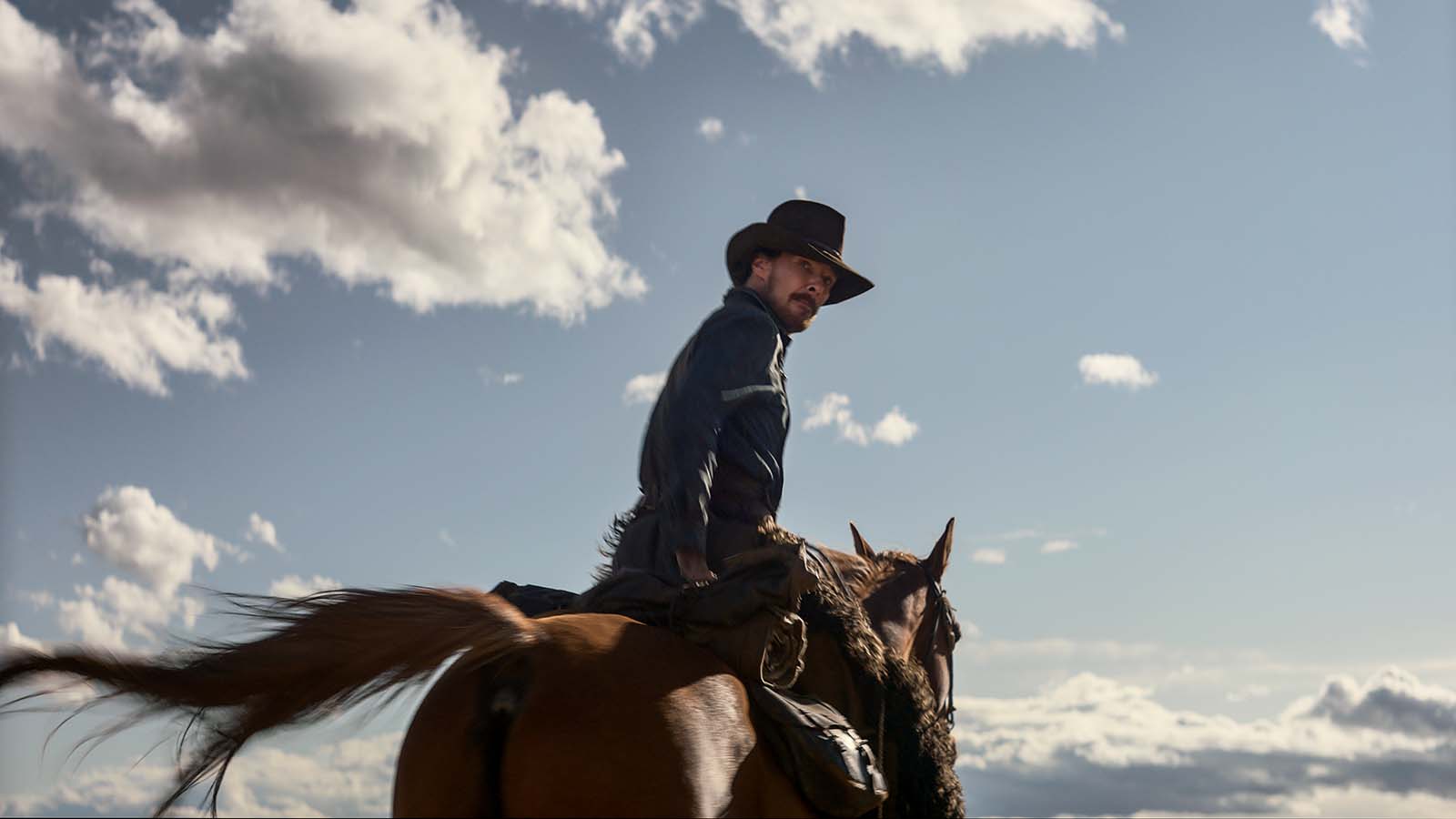
SCIBERRAS: I’ve heard that a lot from people who do both, and I’ve never even had to think about it. I just relax into features so easily and just don’t even think about that. I’m just so happy to let things run.
HULLFISH: Well, this movie is not like a TV advertisement edit. That’s for sure.
SCIBERRAS: No, this is more my natural pace, I think.
HULLFISH: I think that shows. Thank you so much for giving me the time today and I’ll have to go back and watch the film again. I think it’s definitely worth a second viewing. Peter, thank you so much for your time.
SCIBERRAS: Thanks for yours. Thank you for having me.

